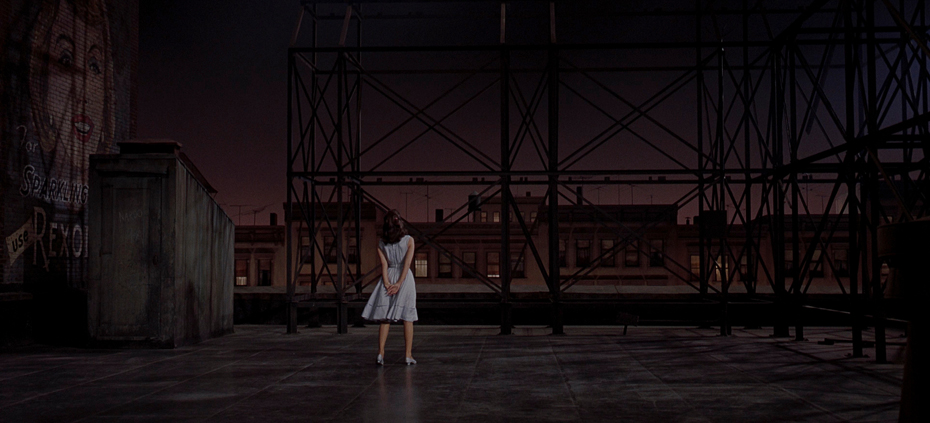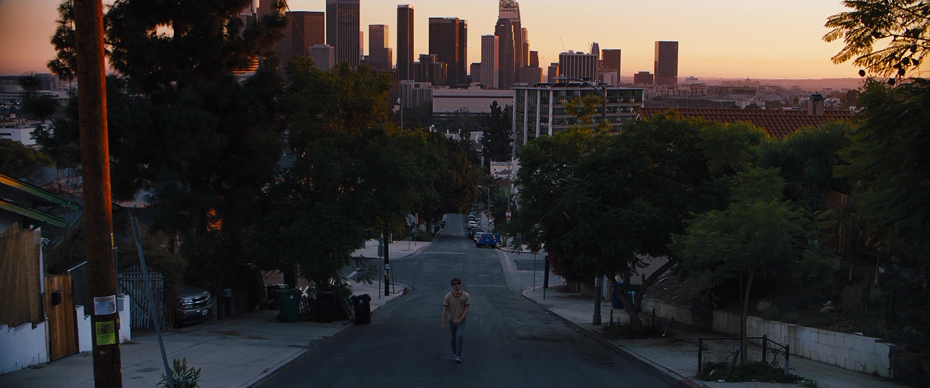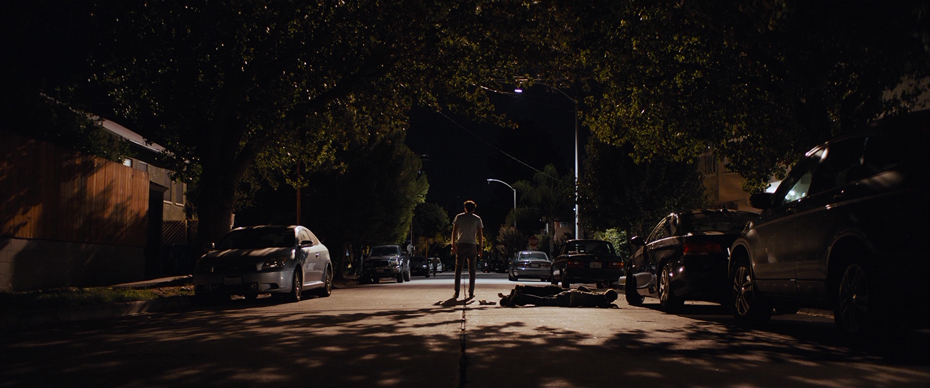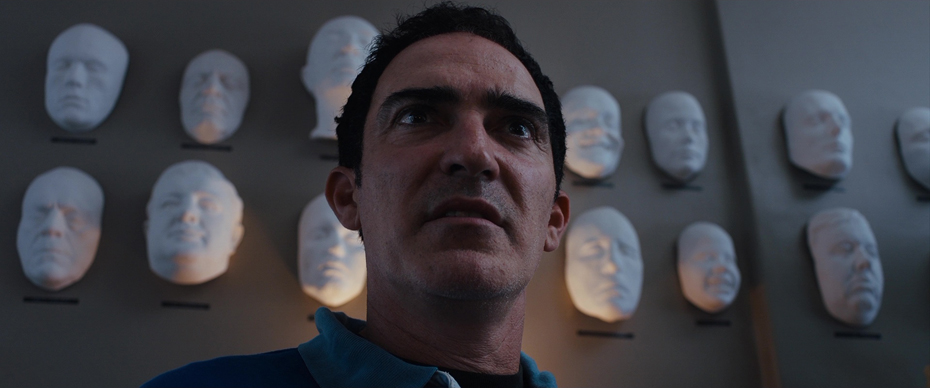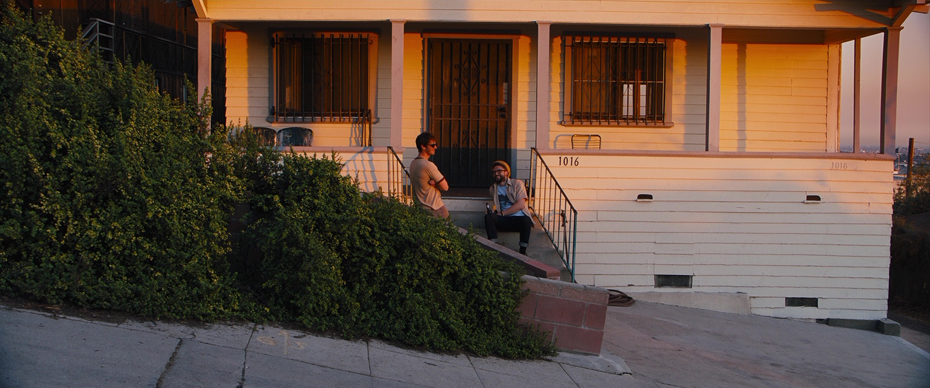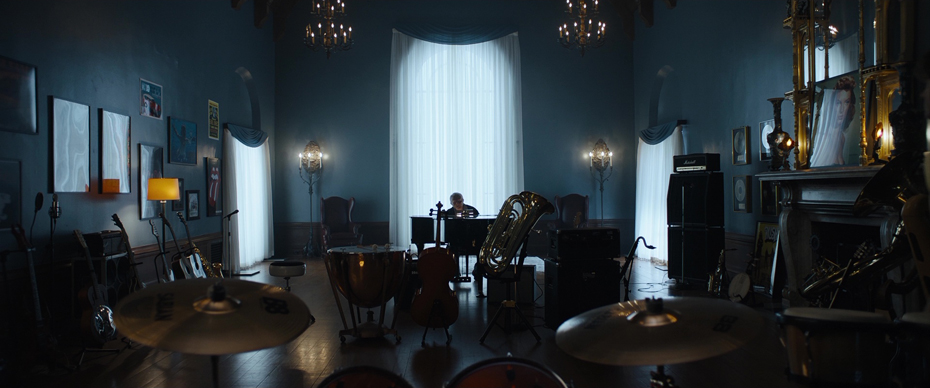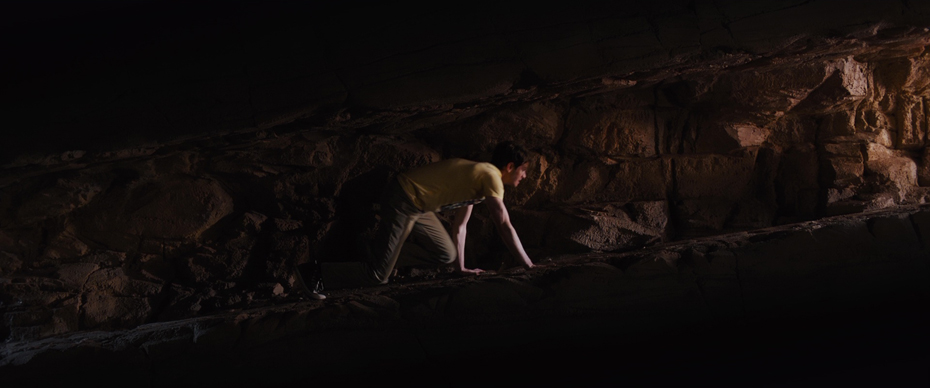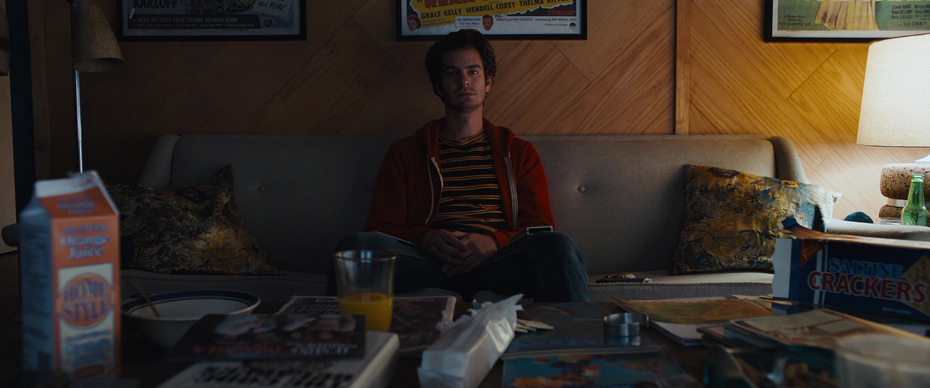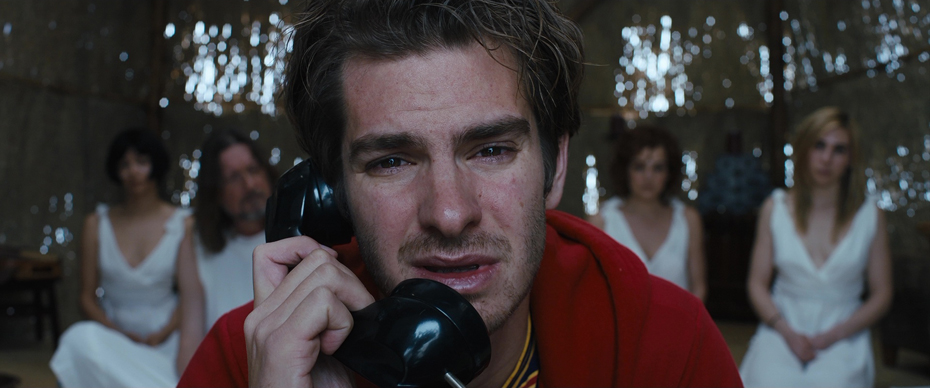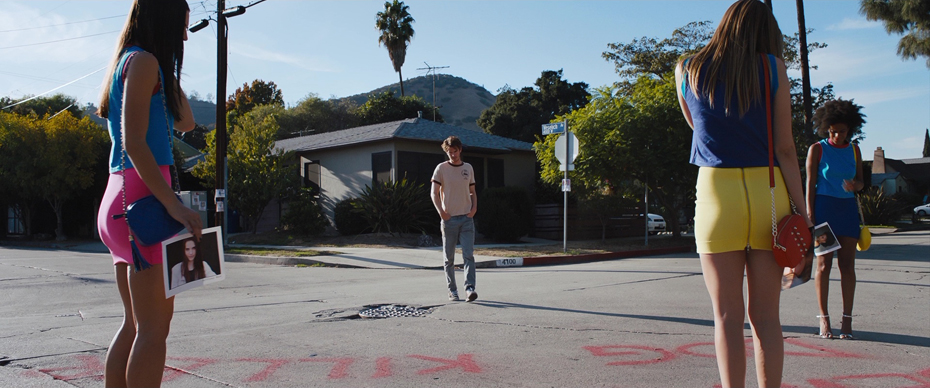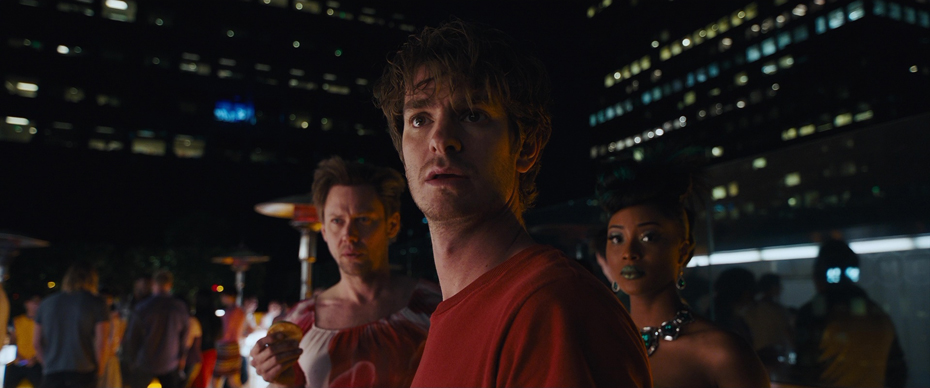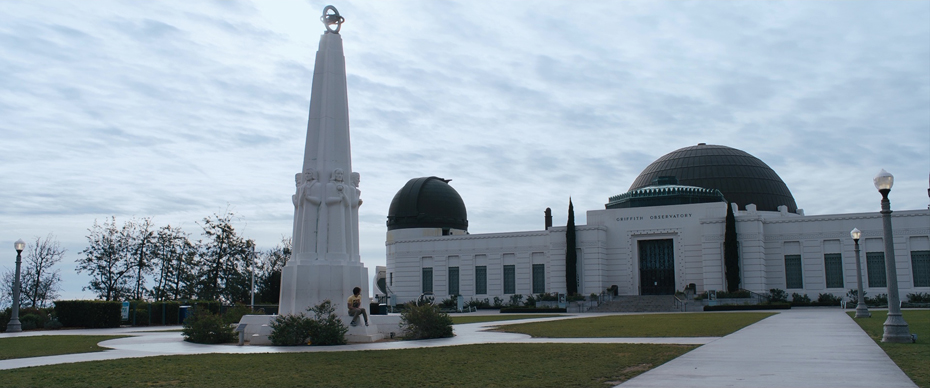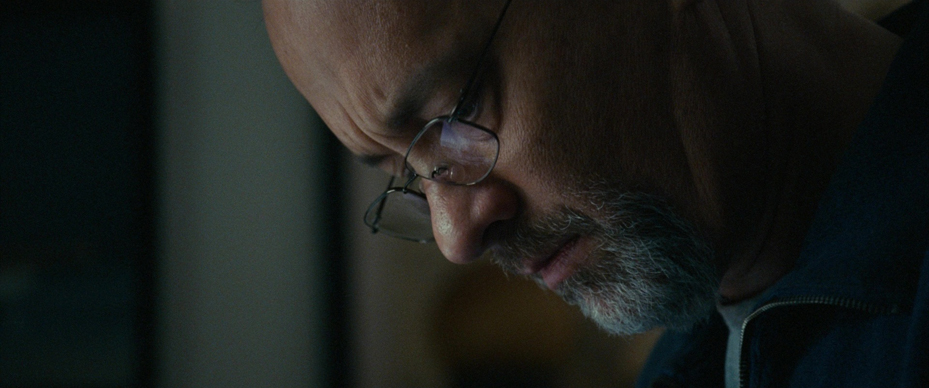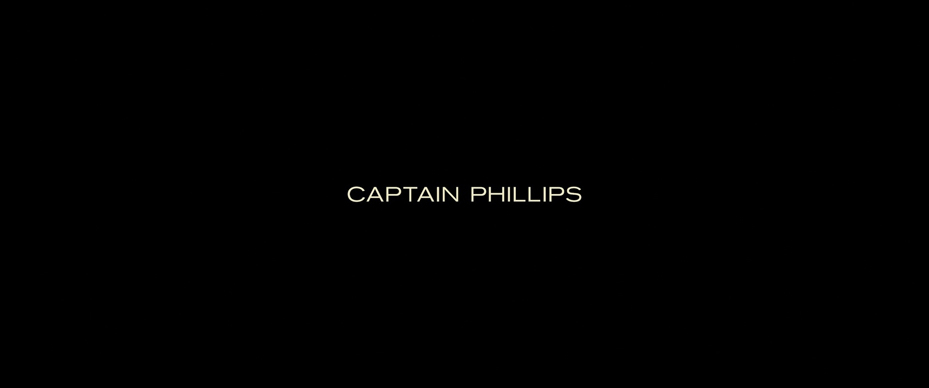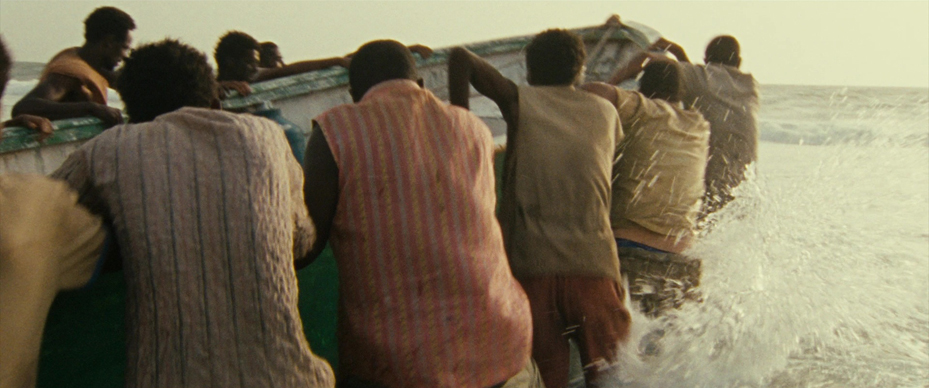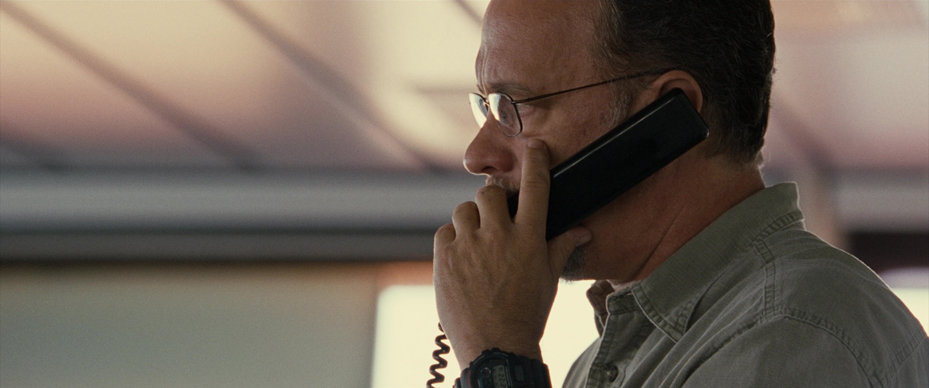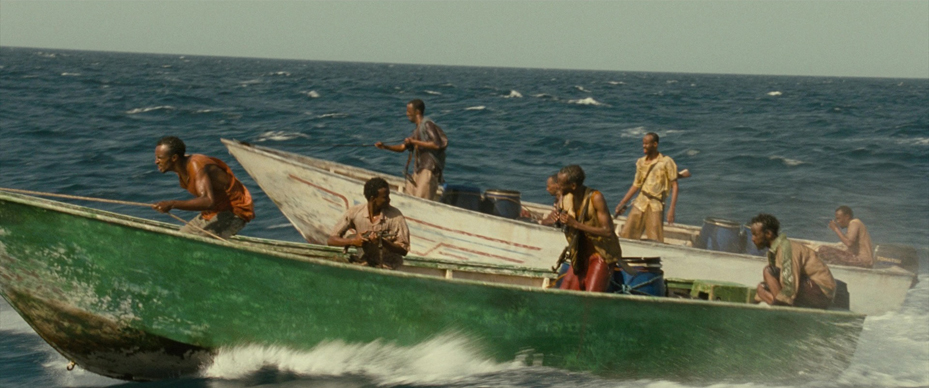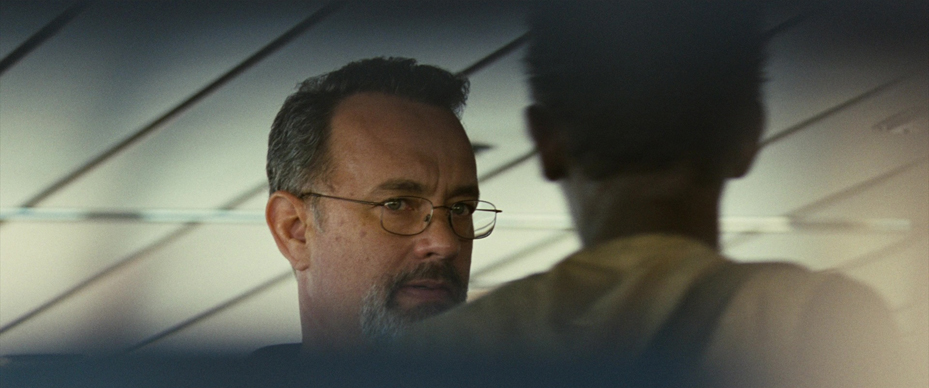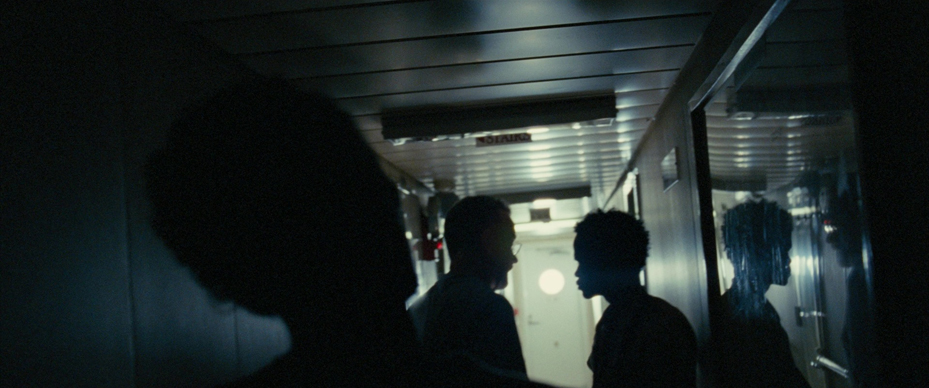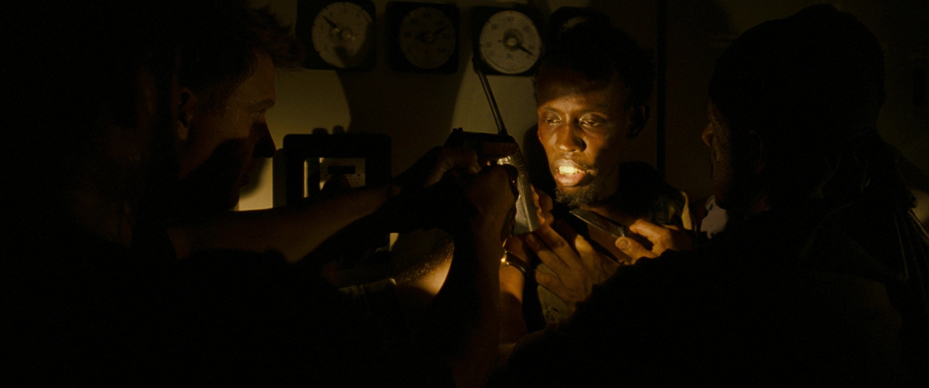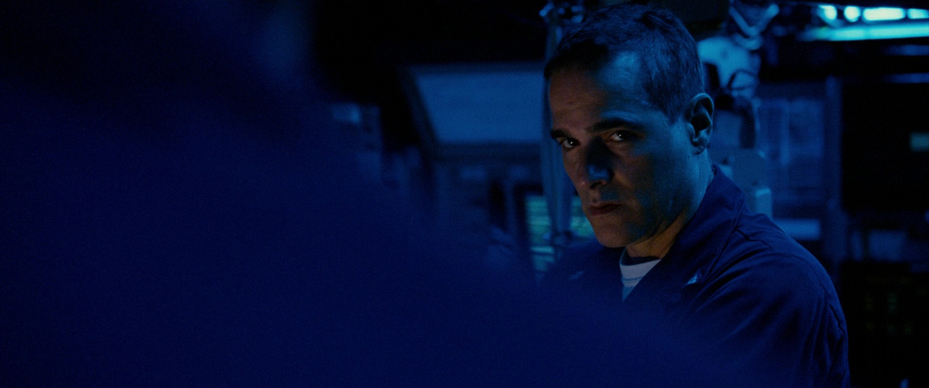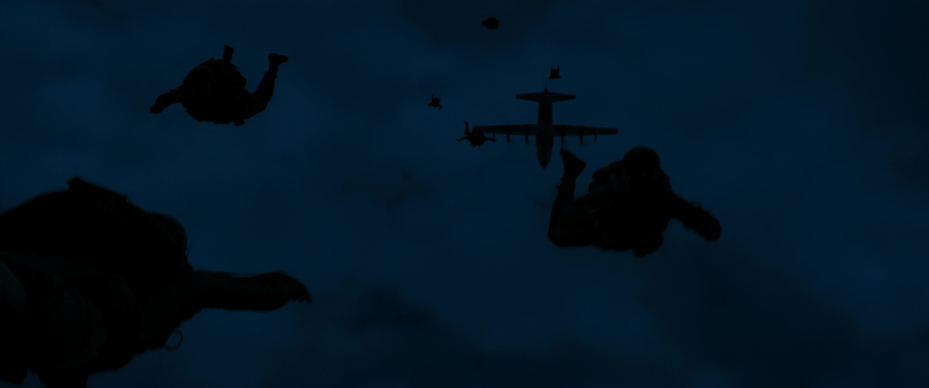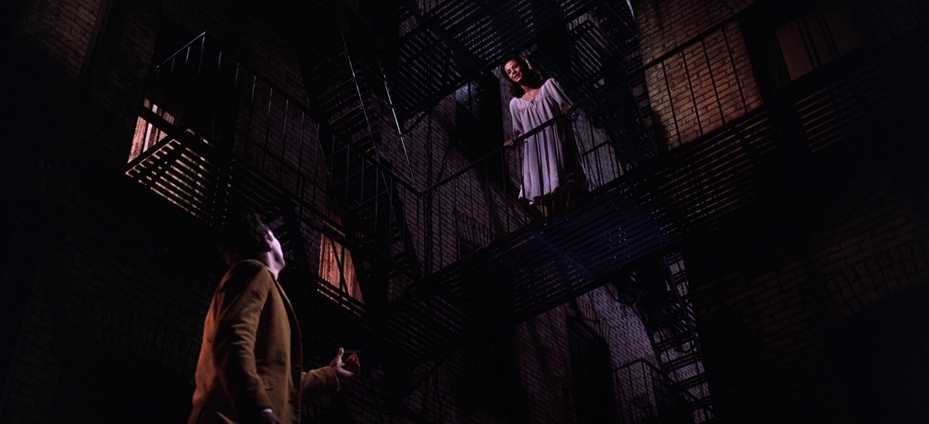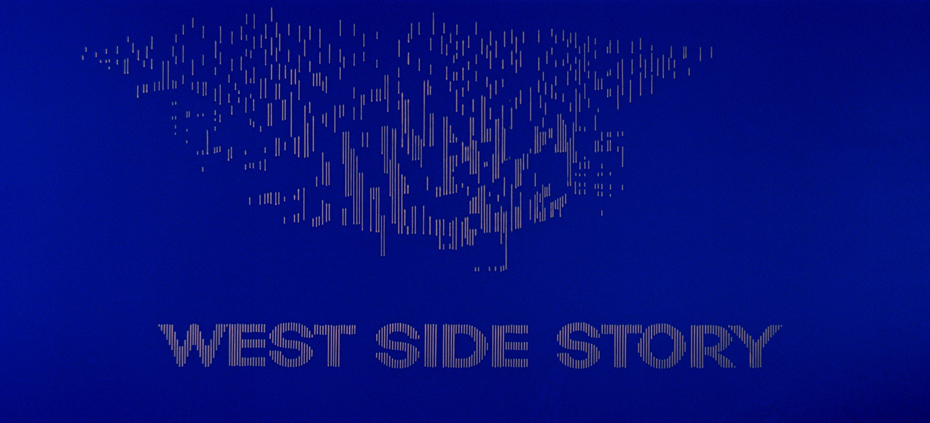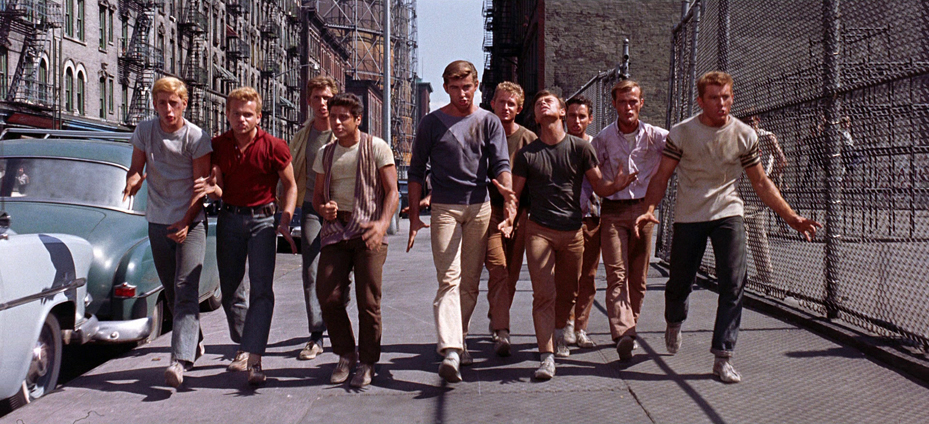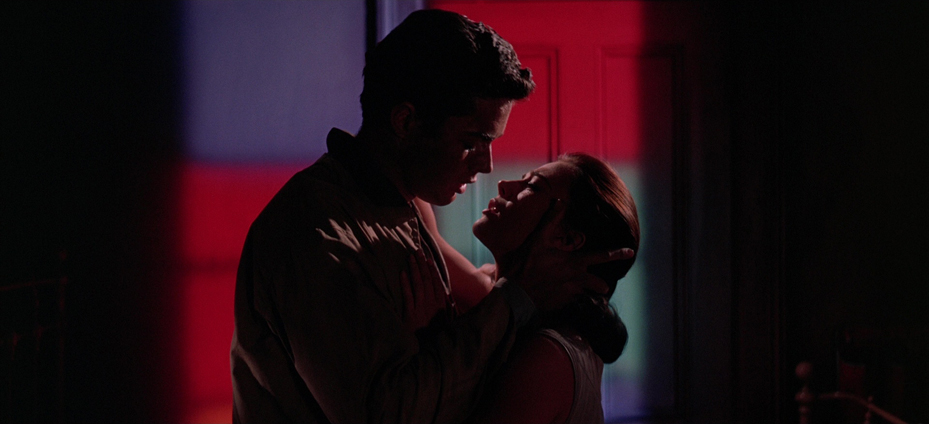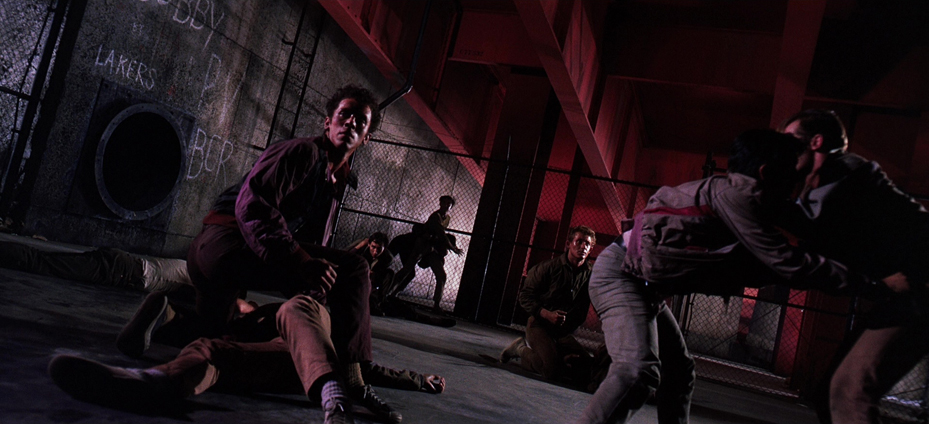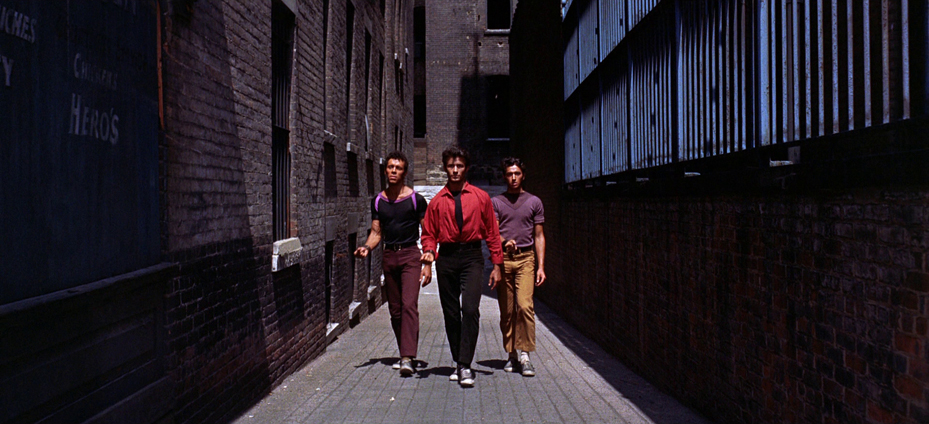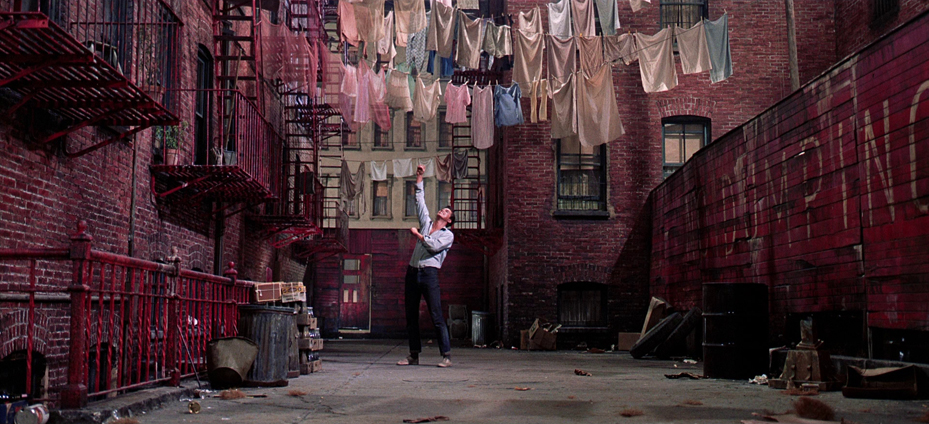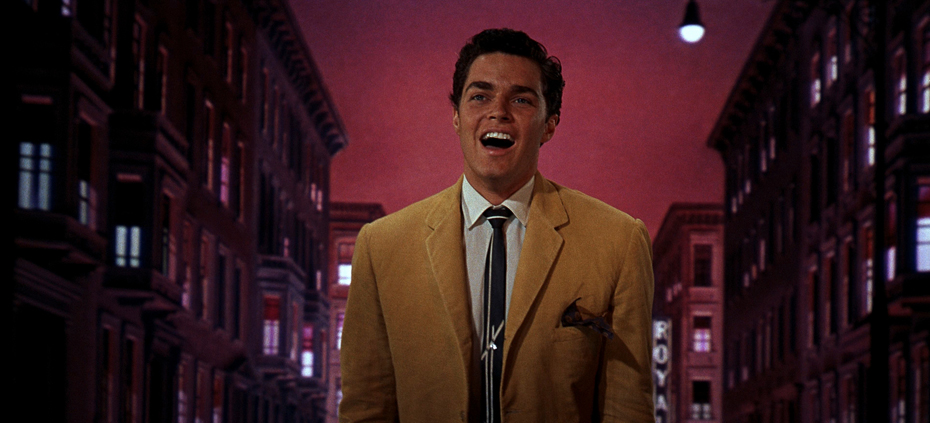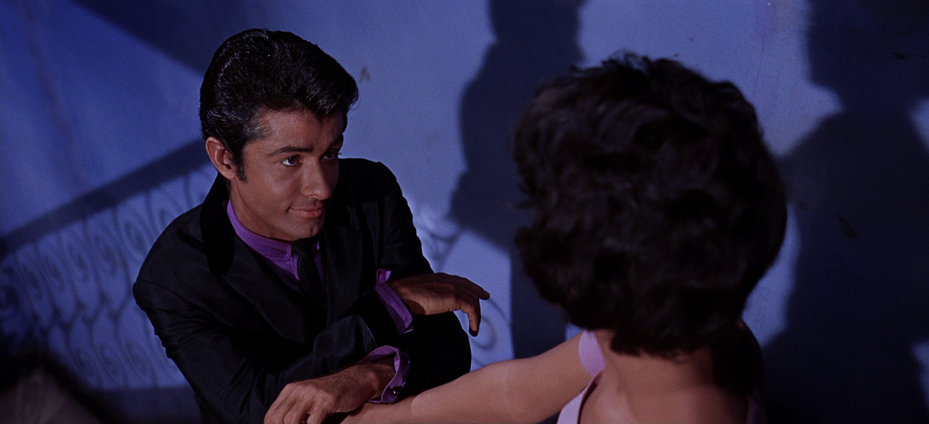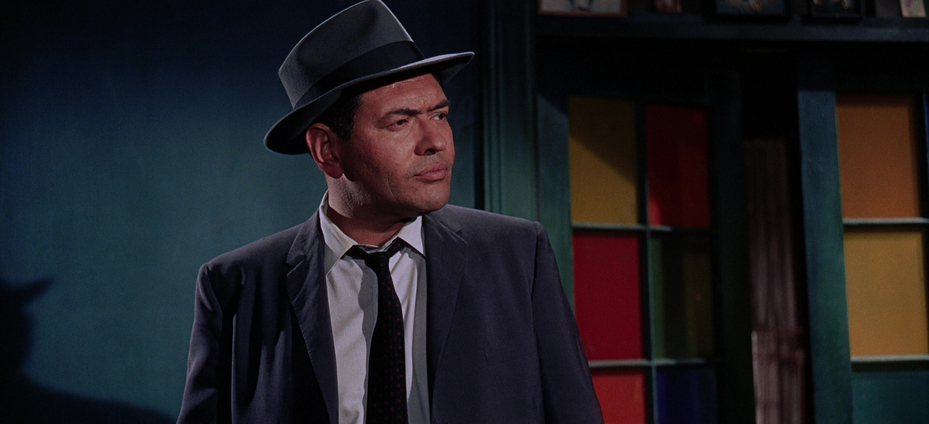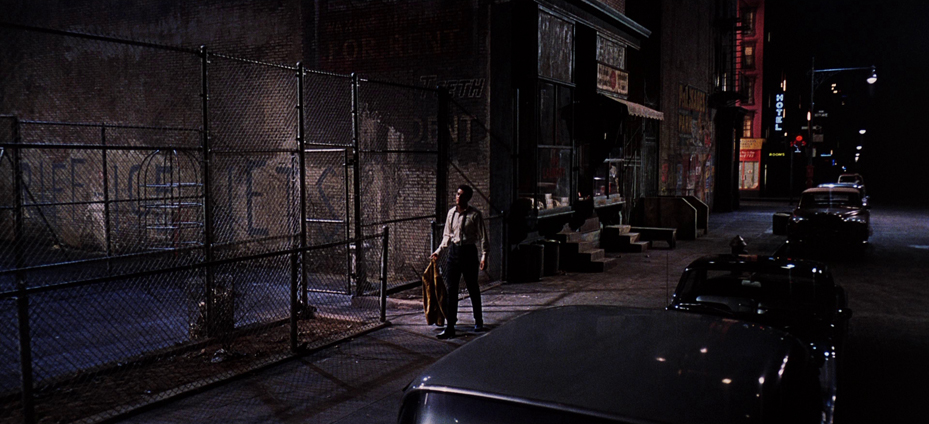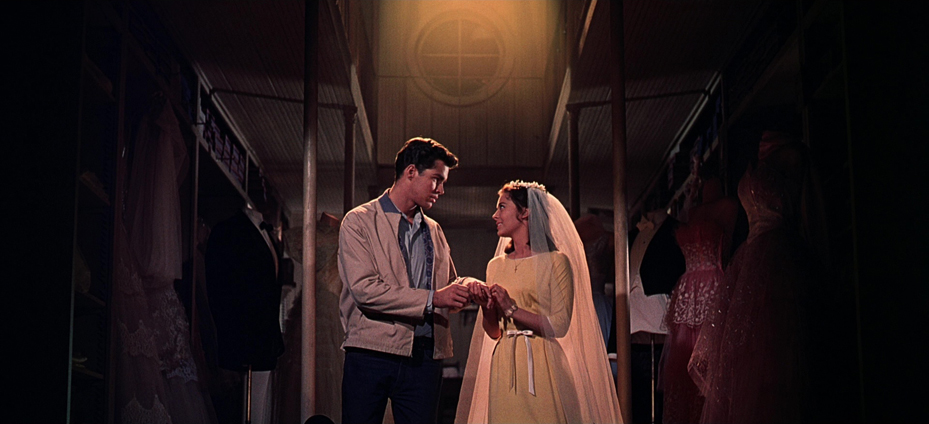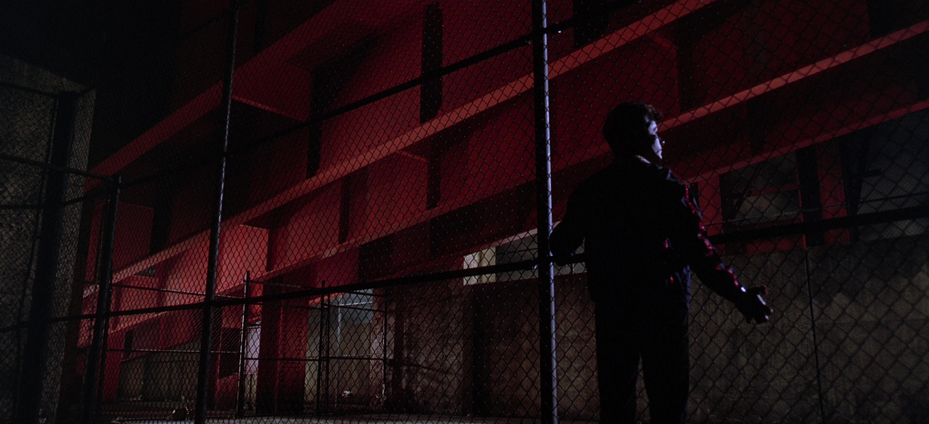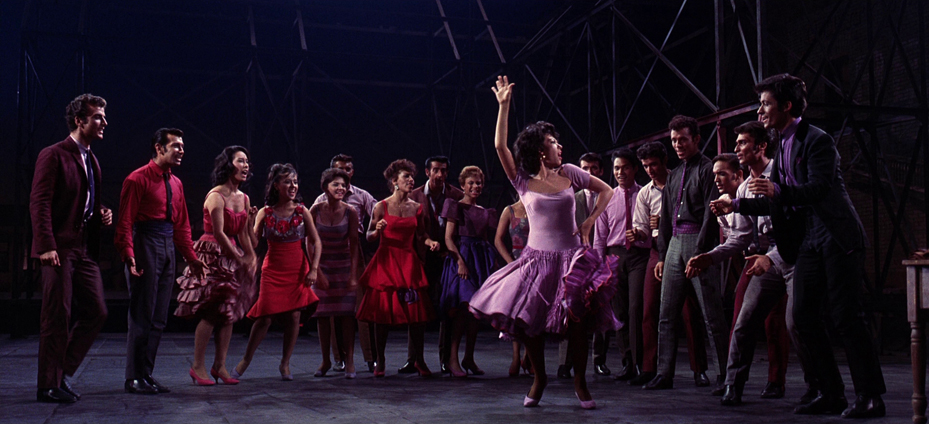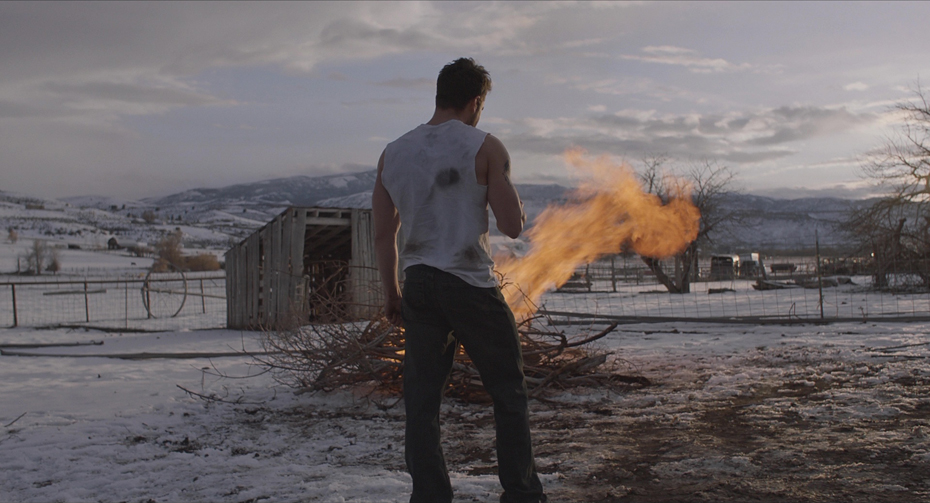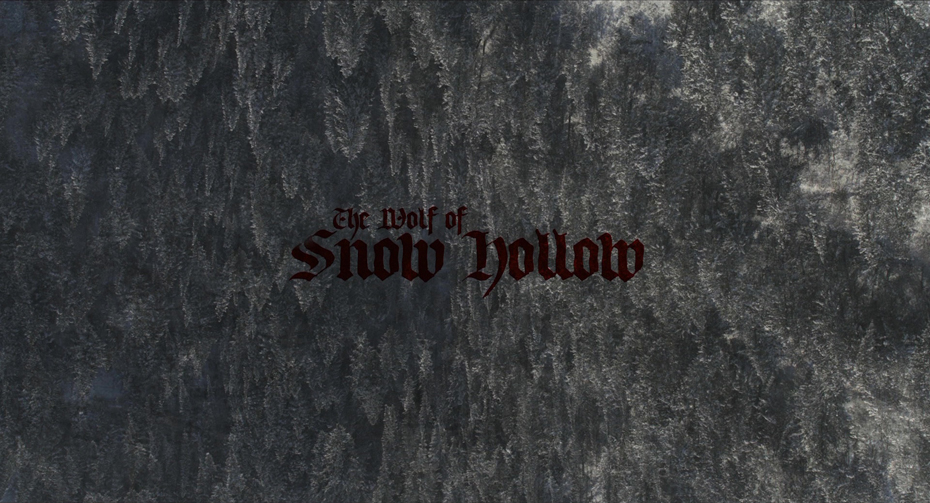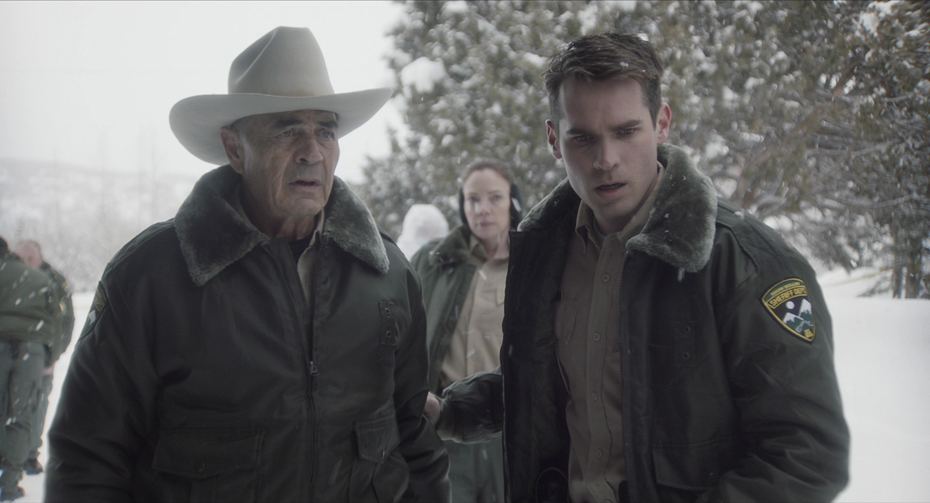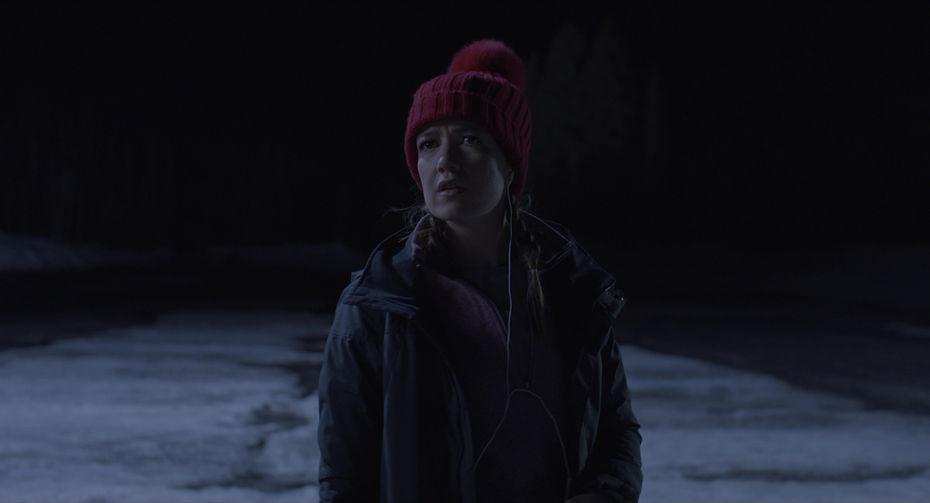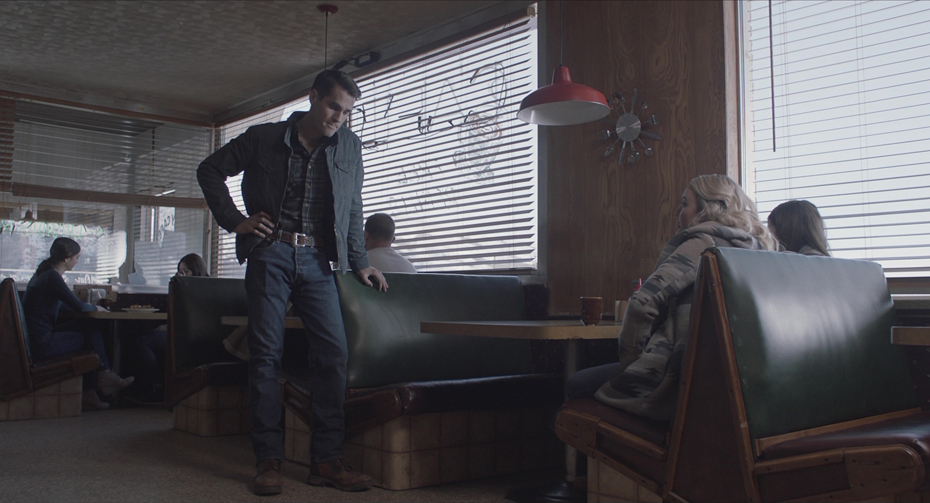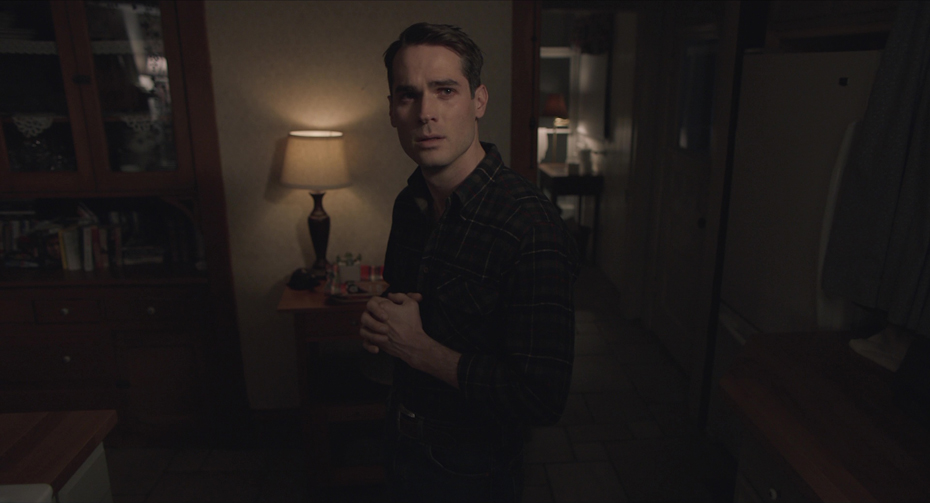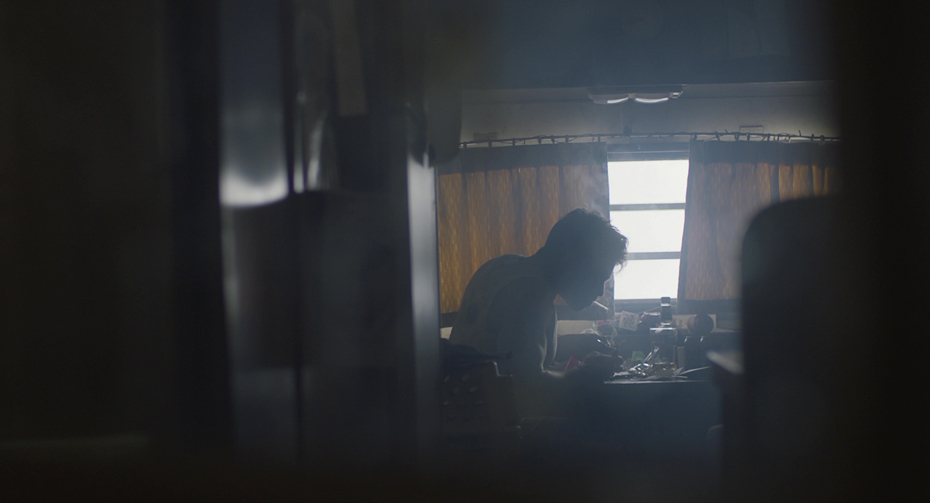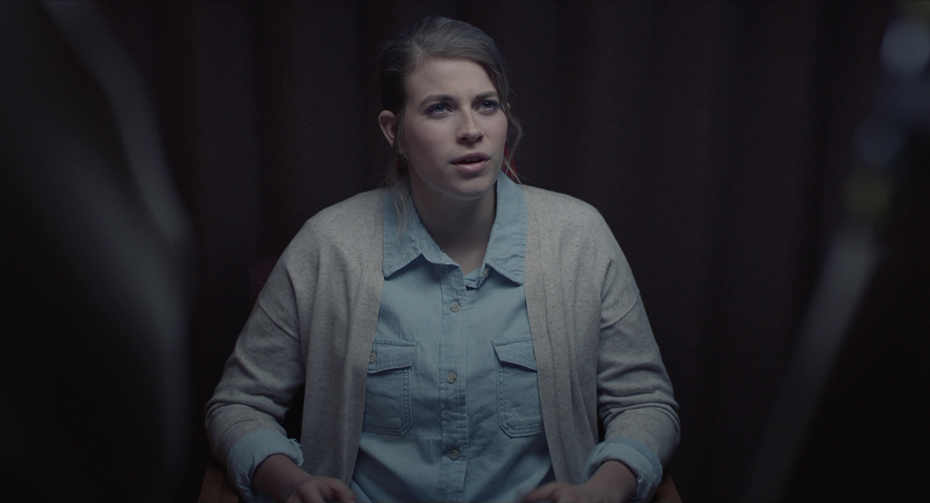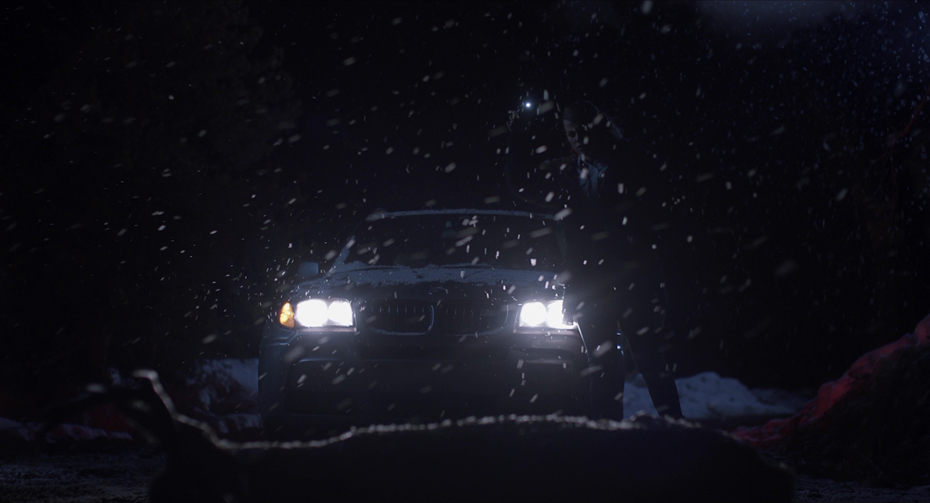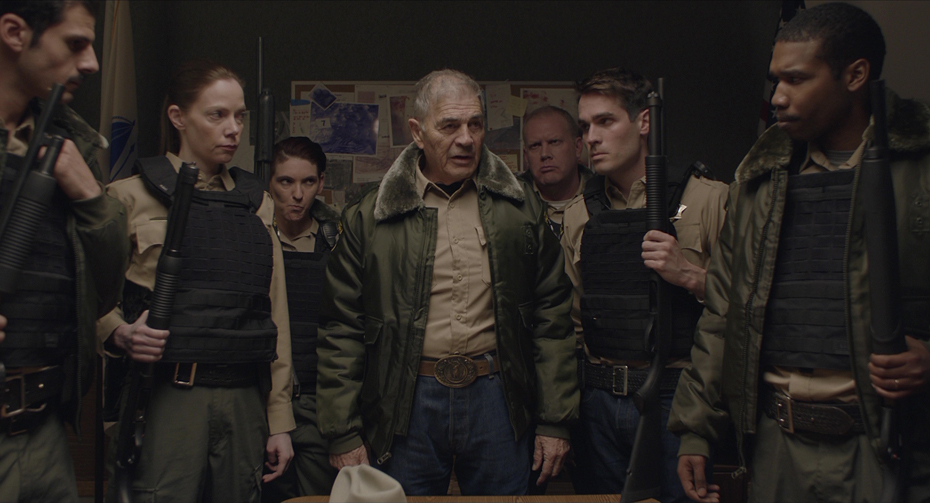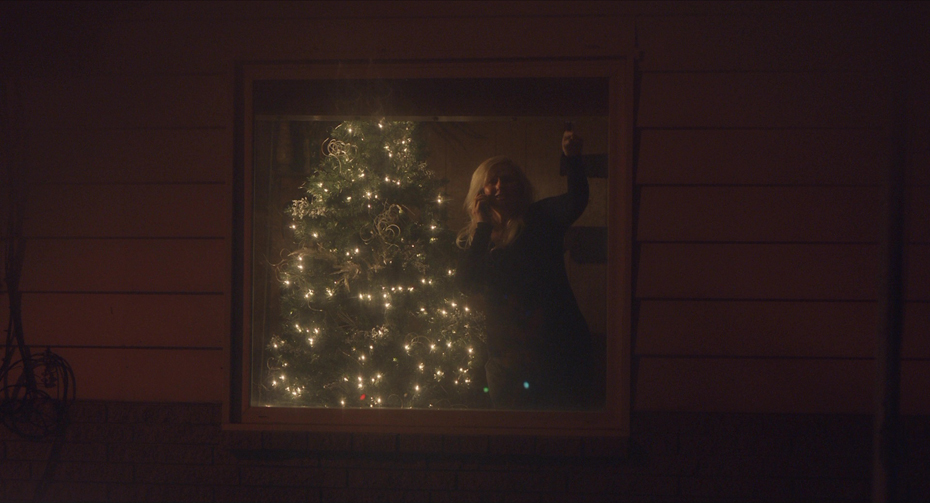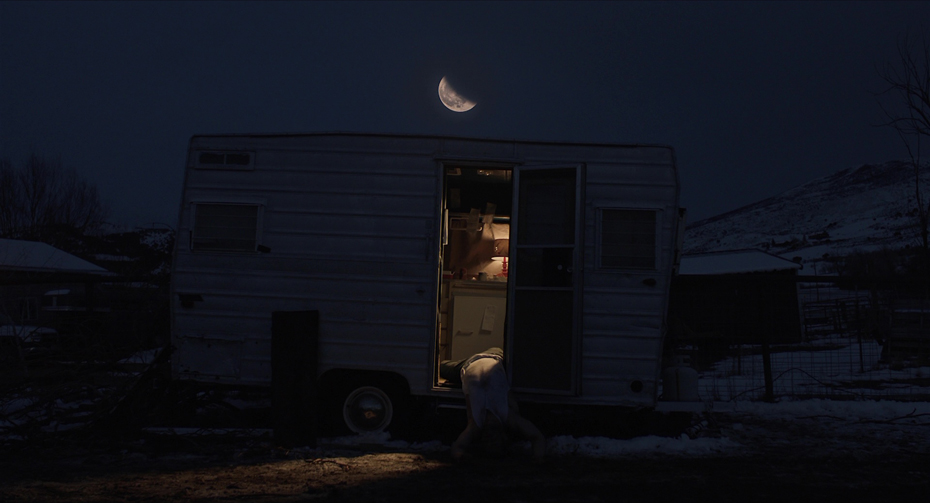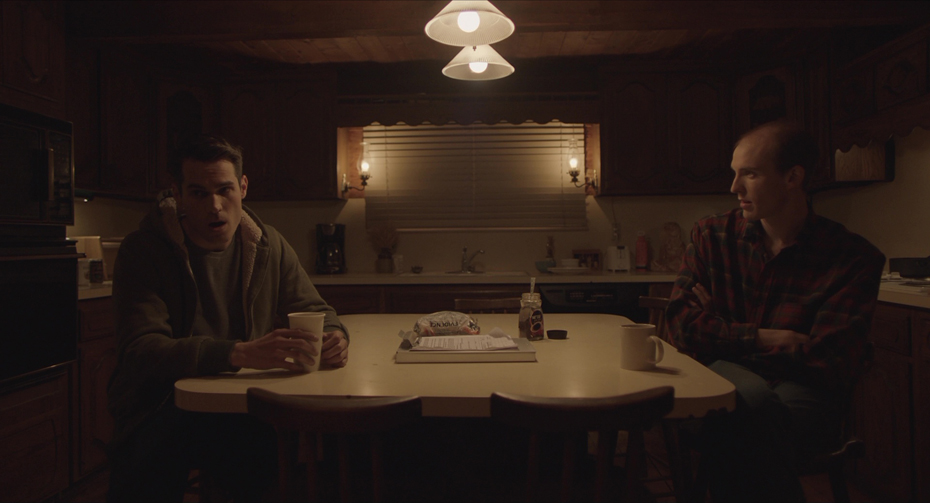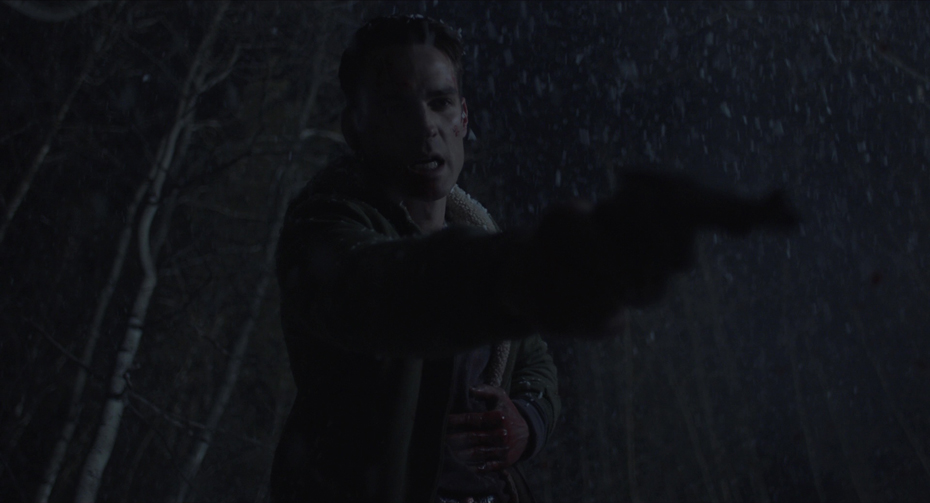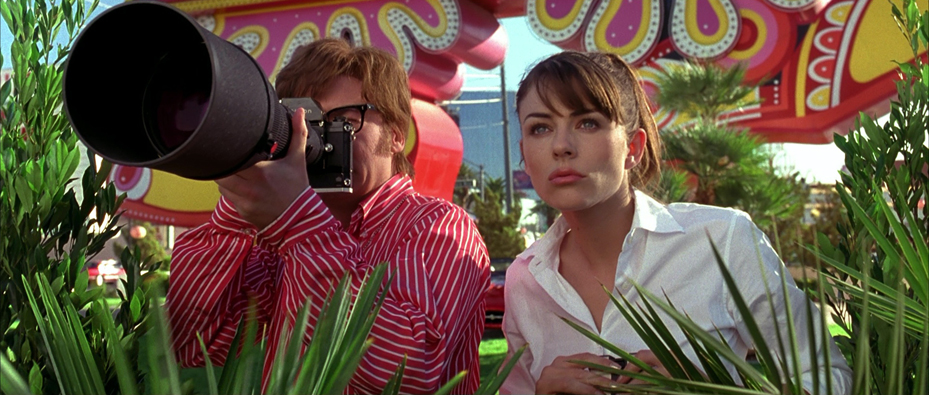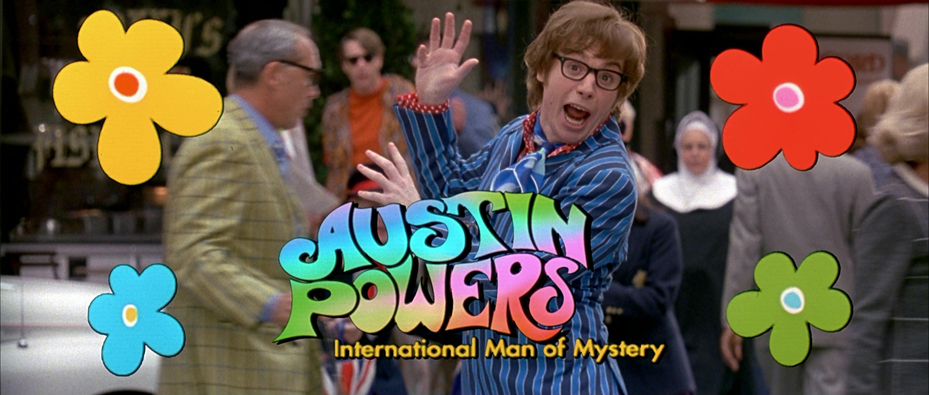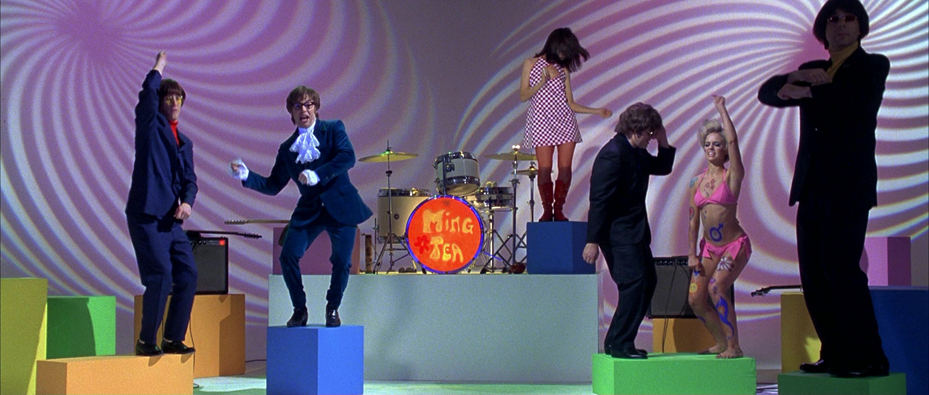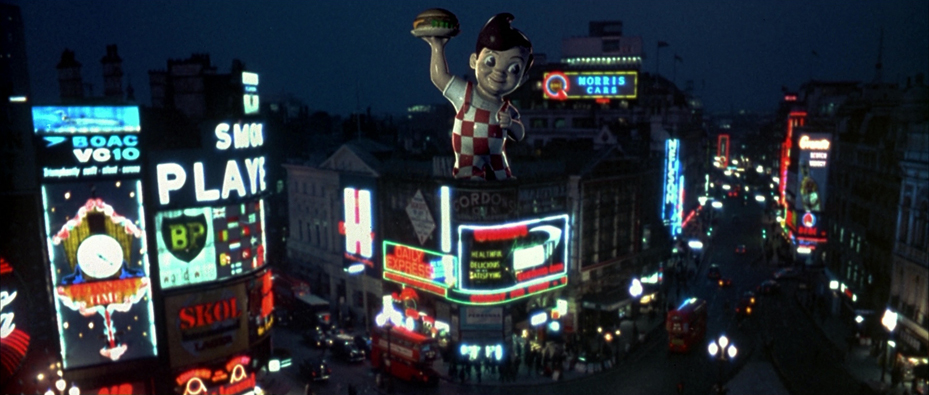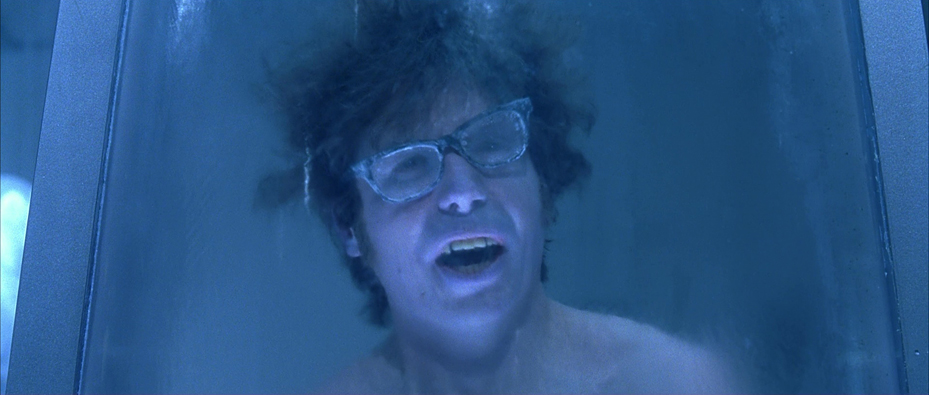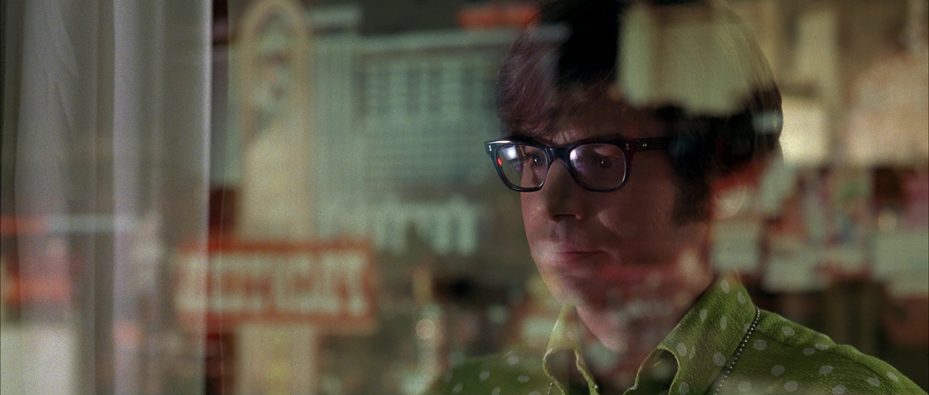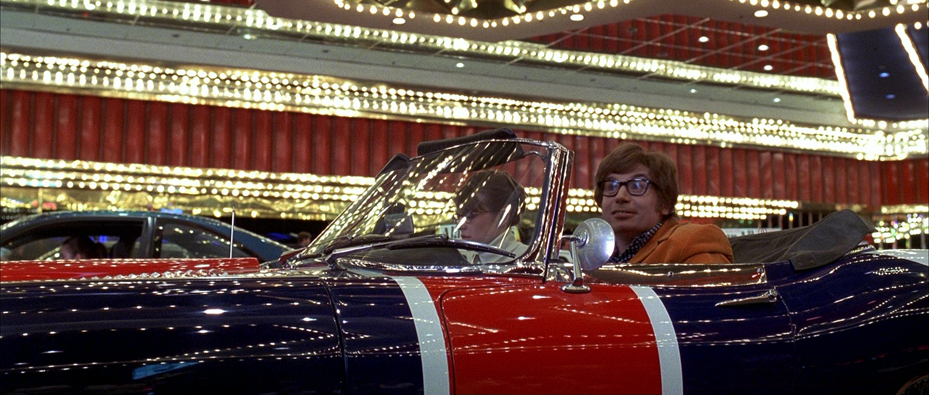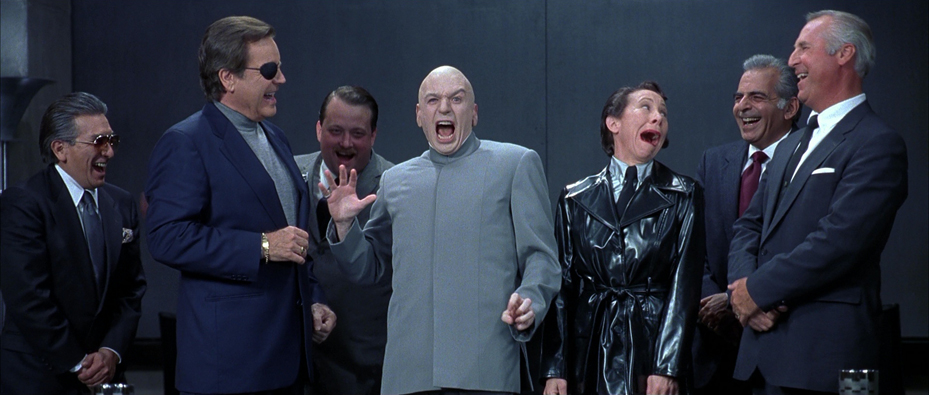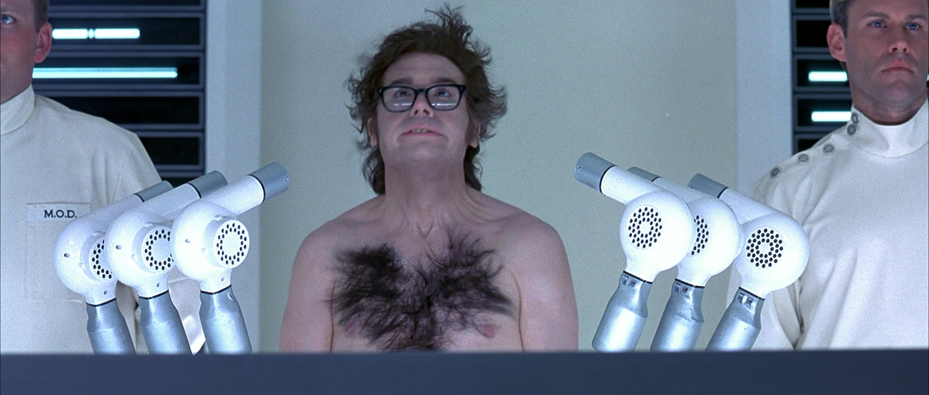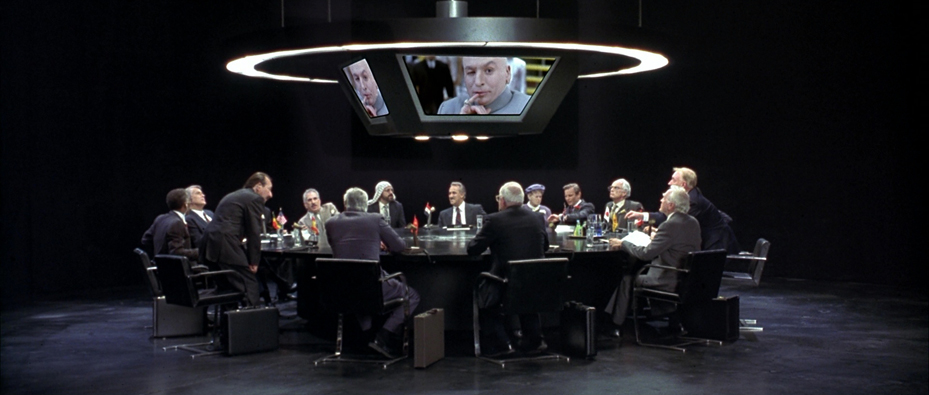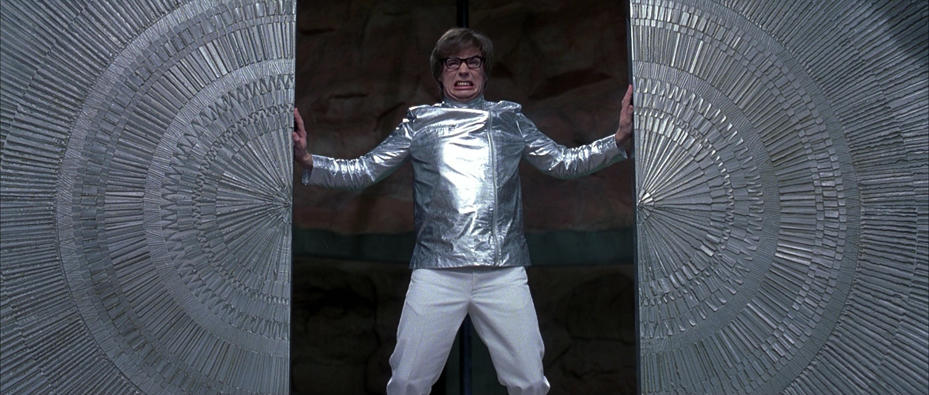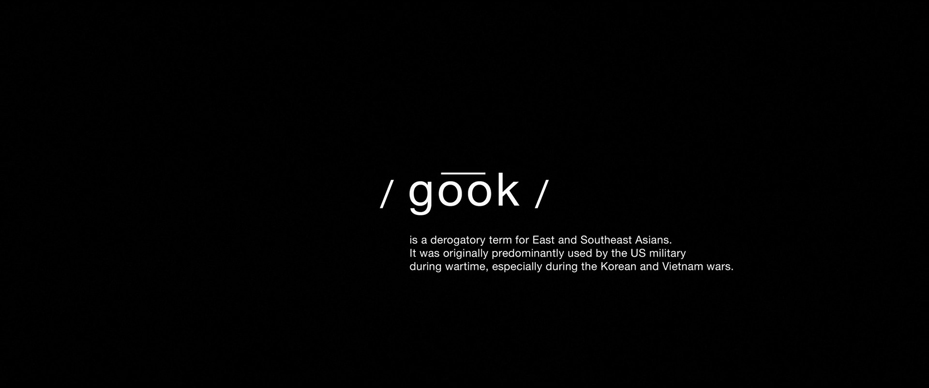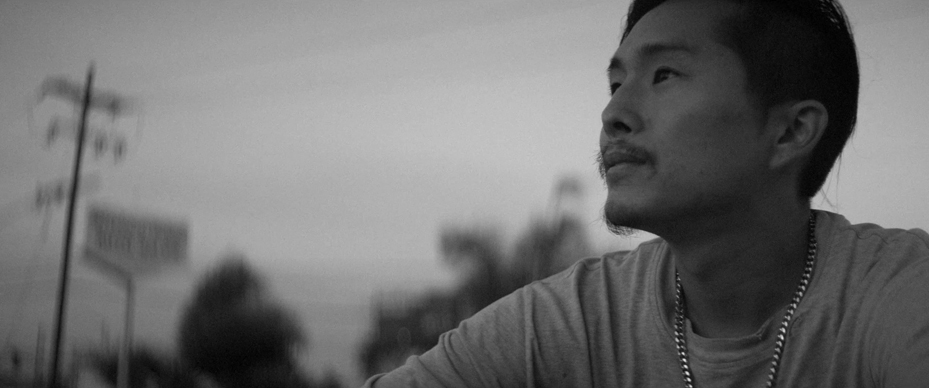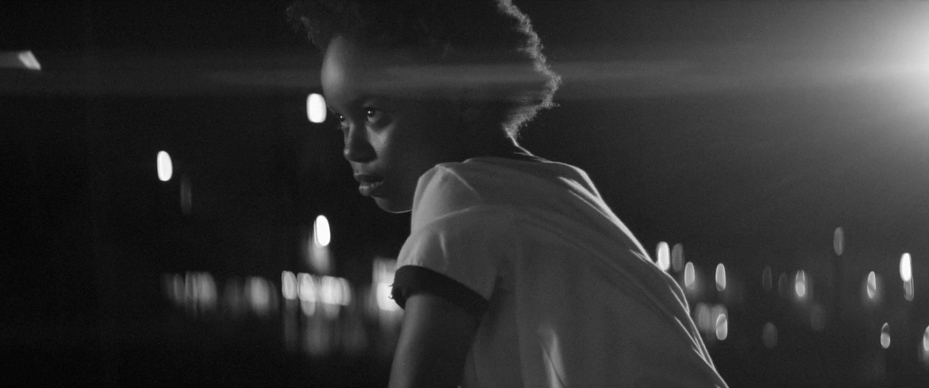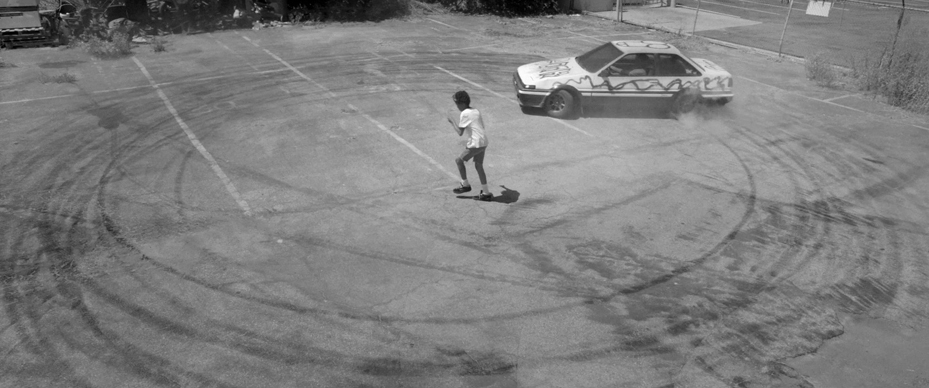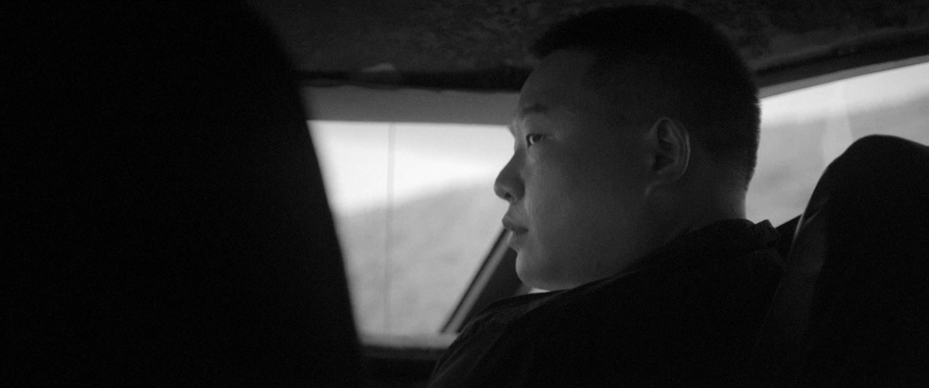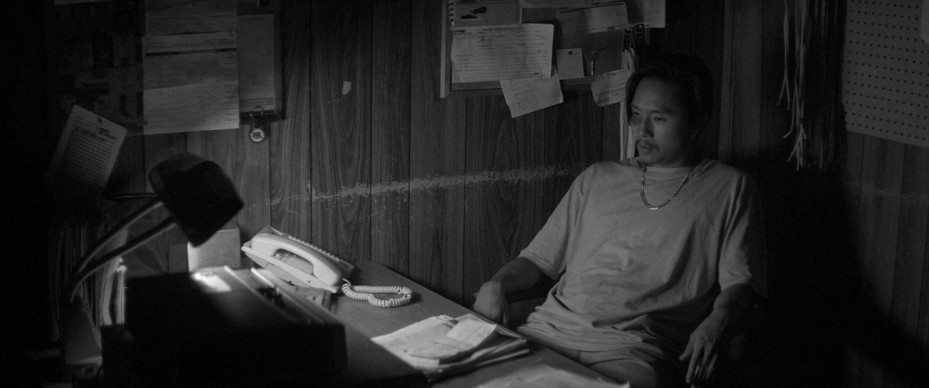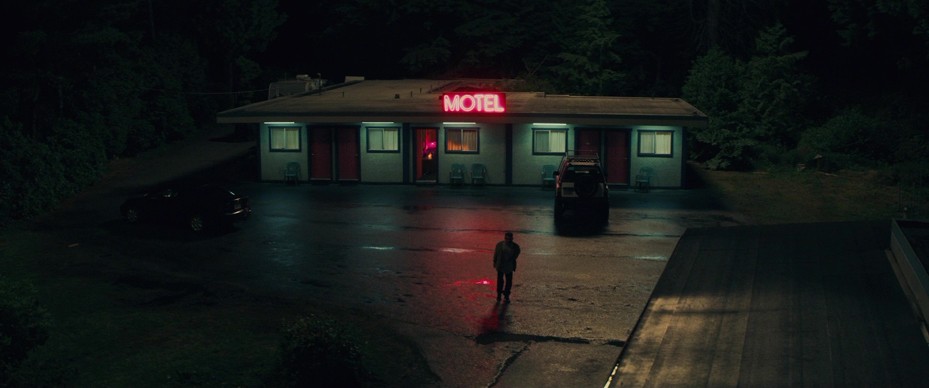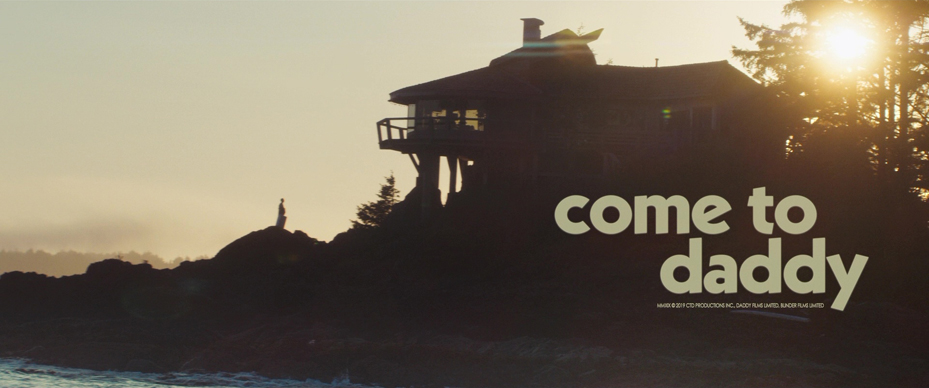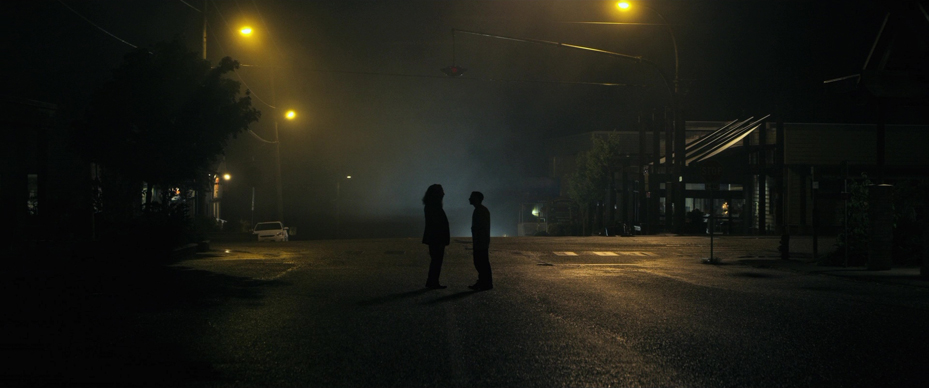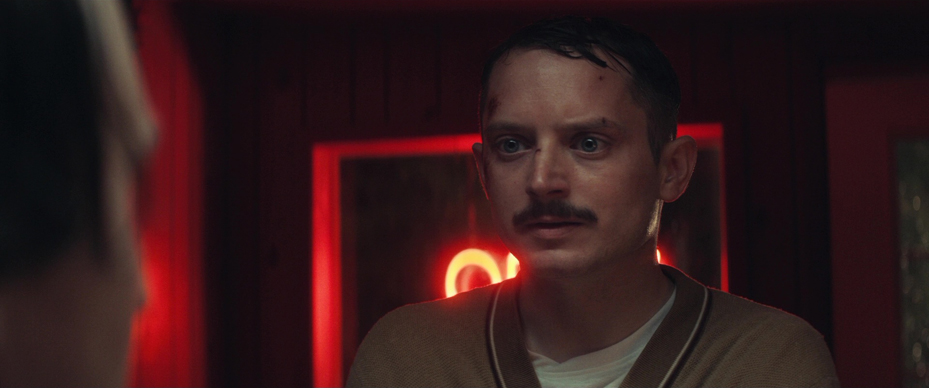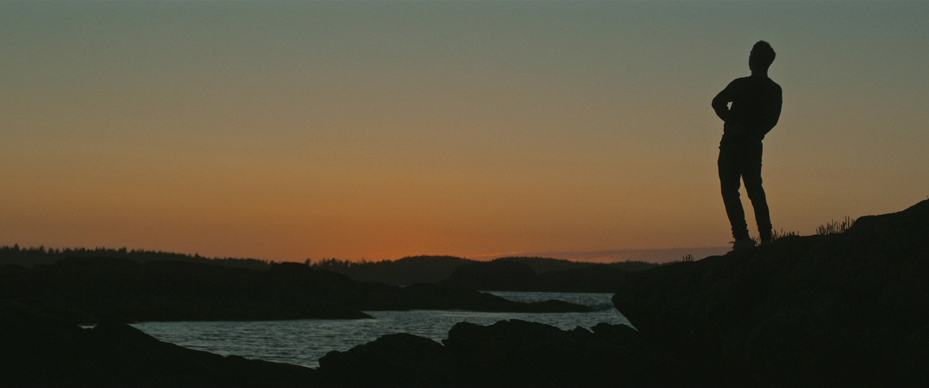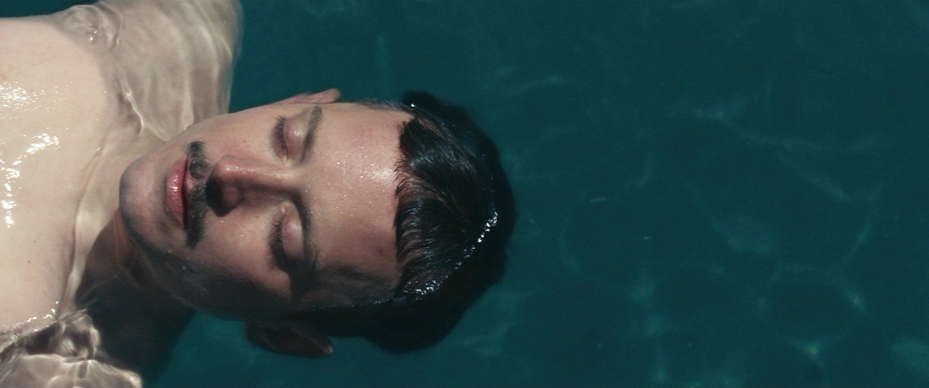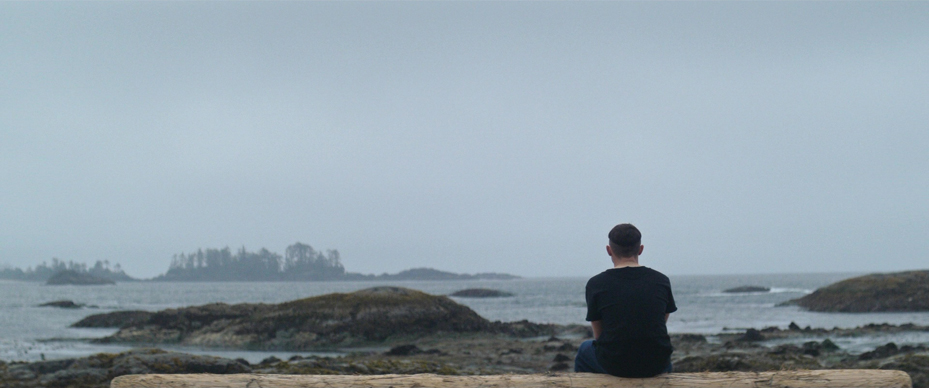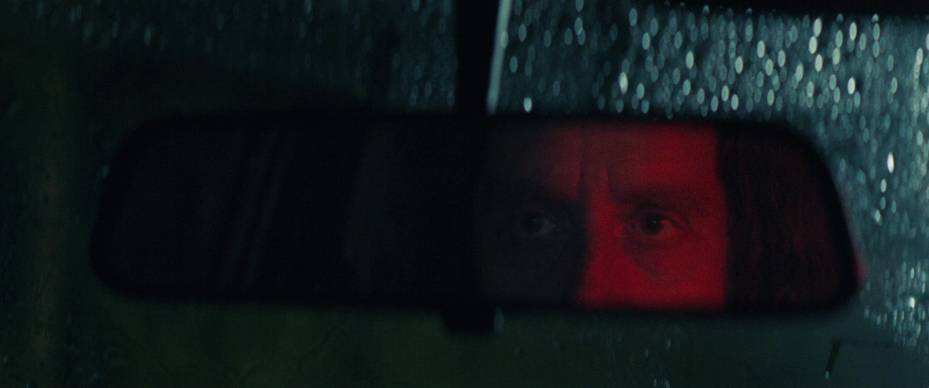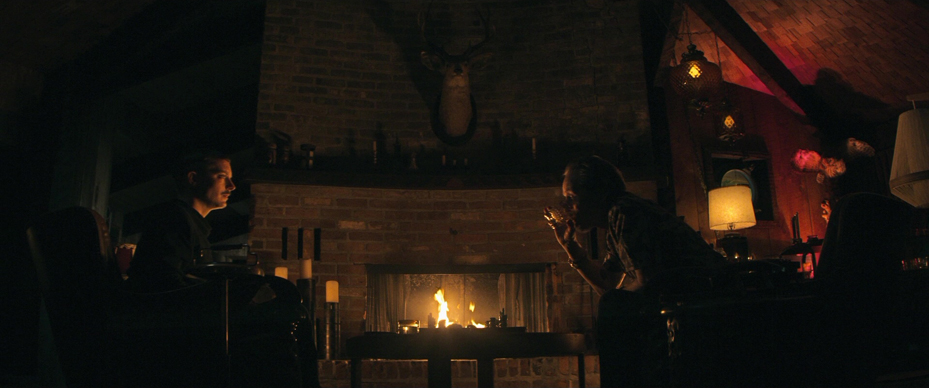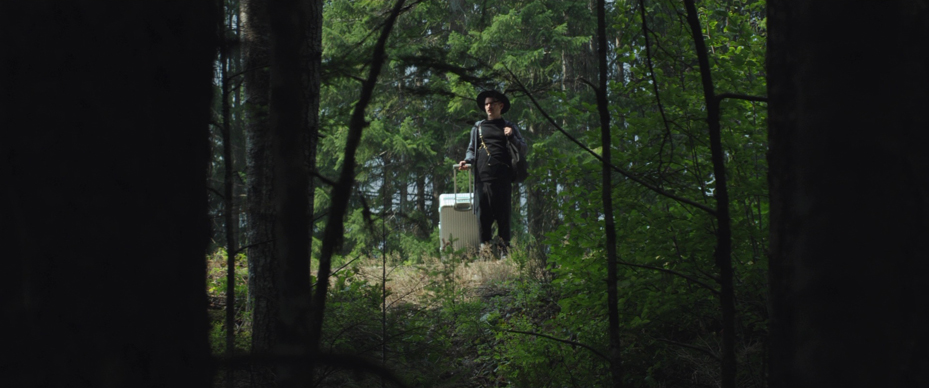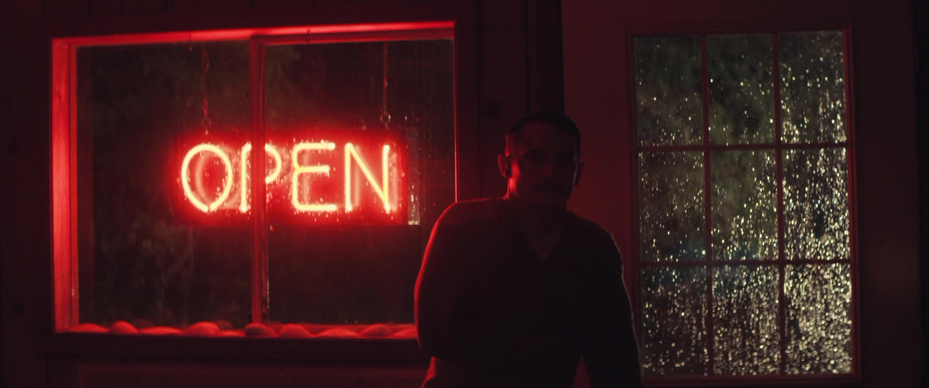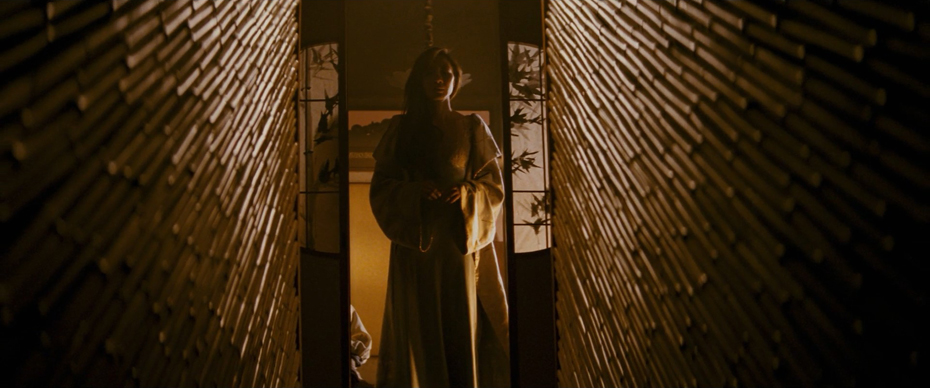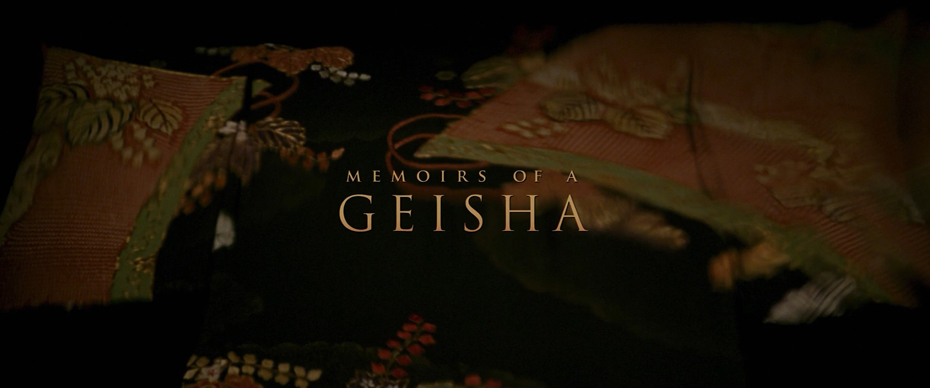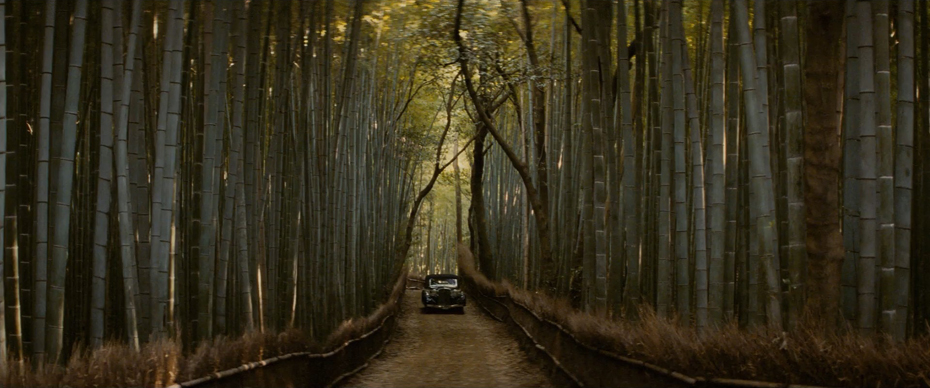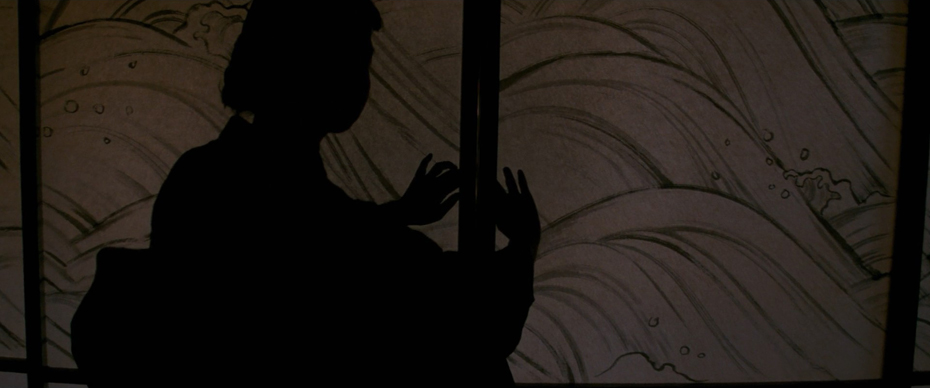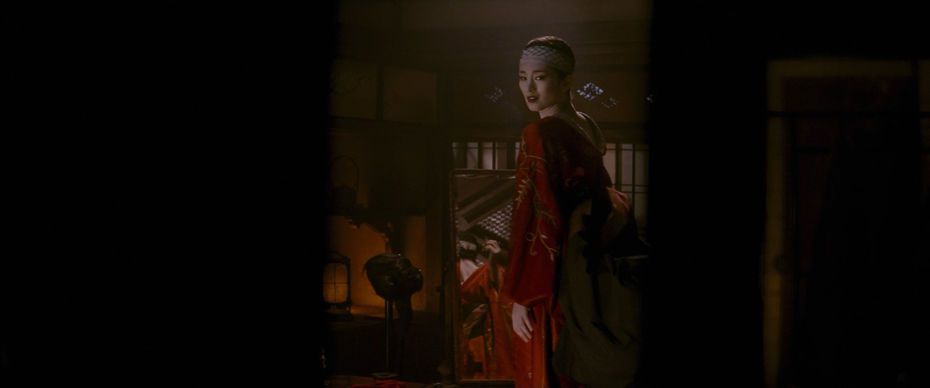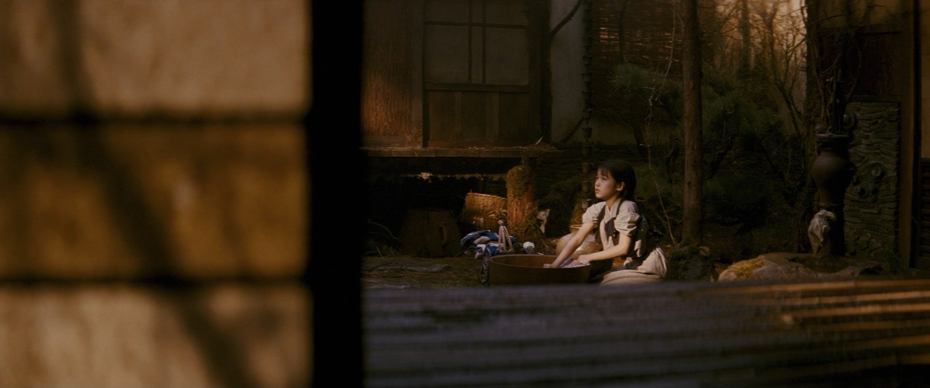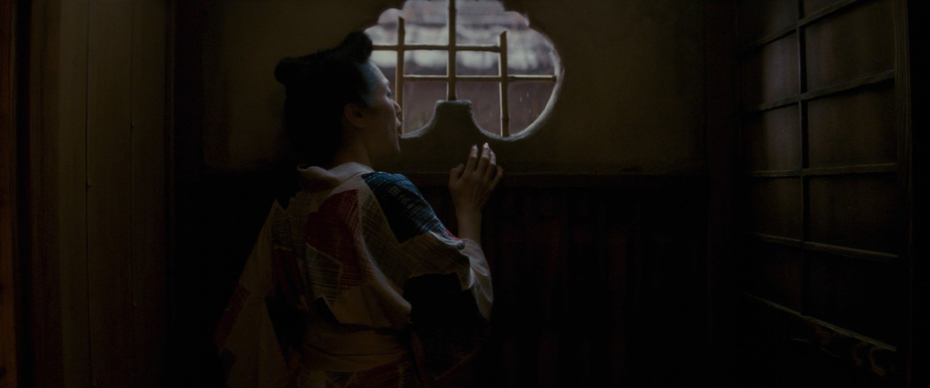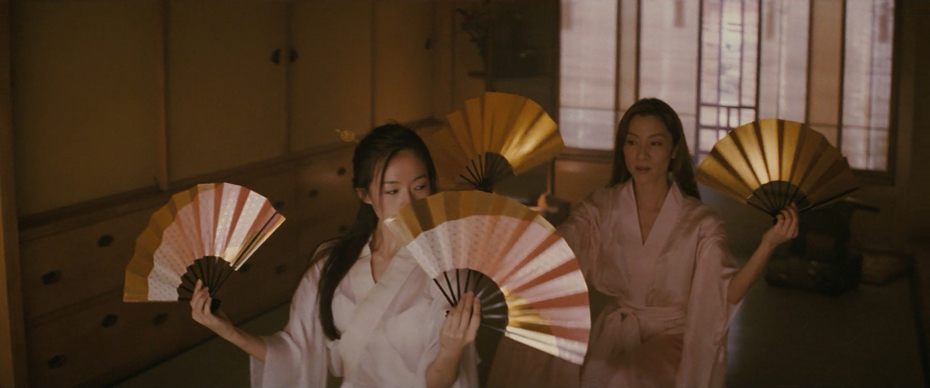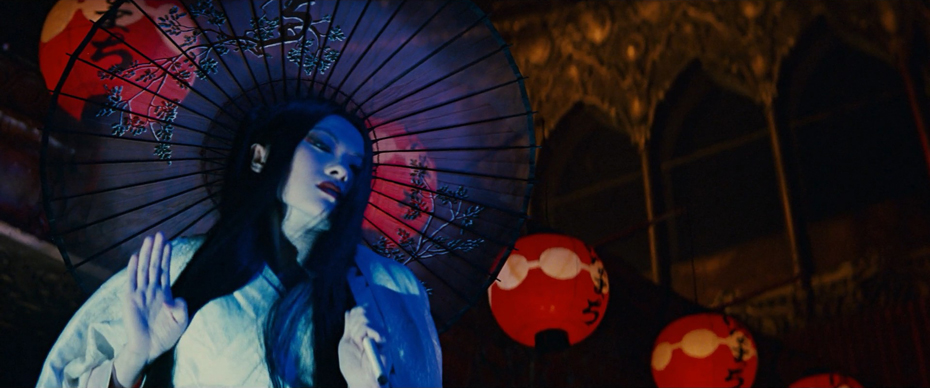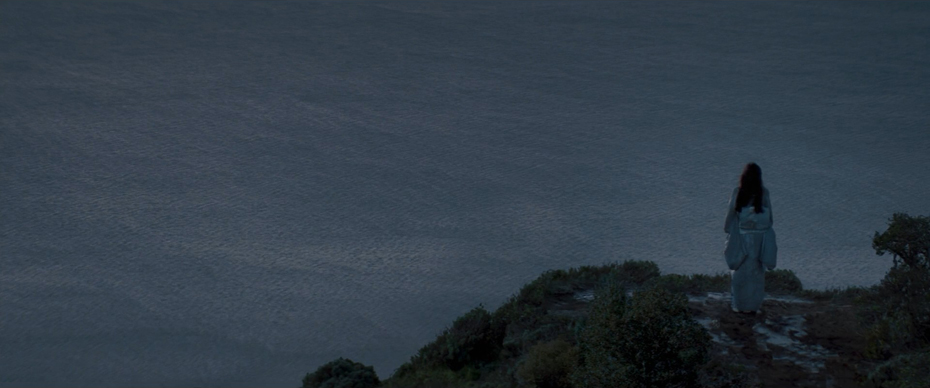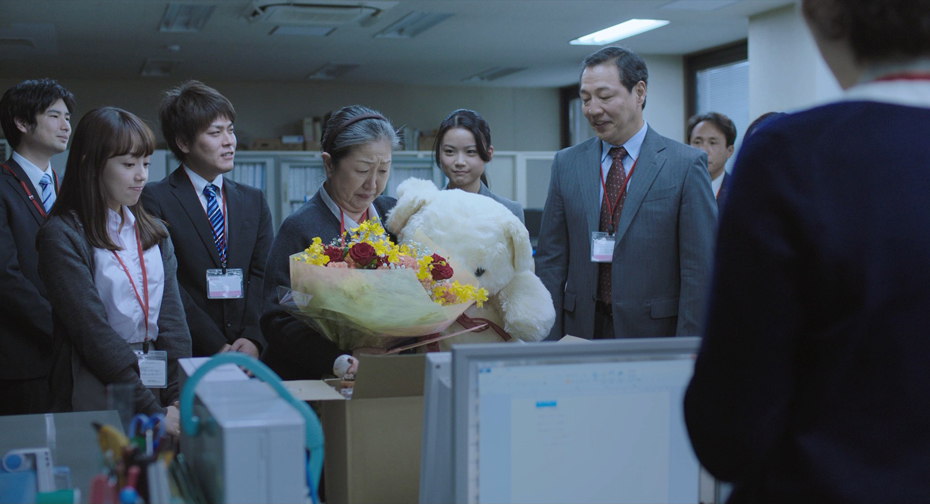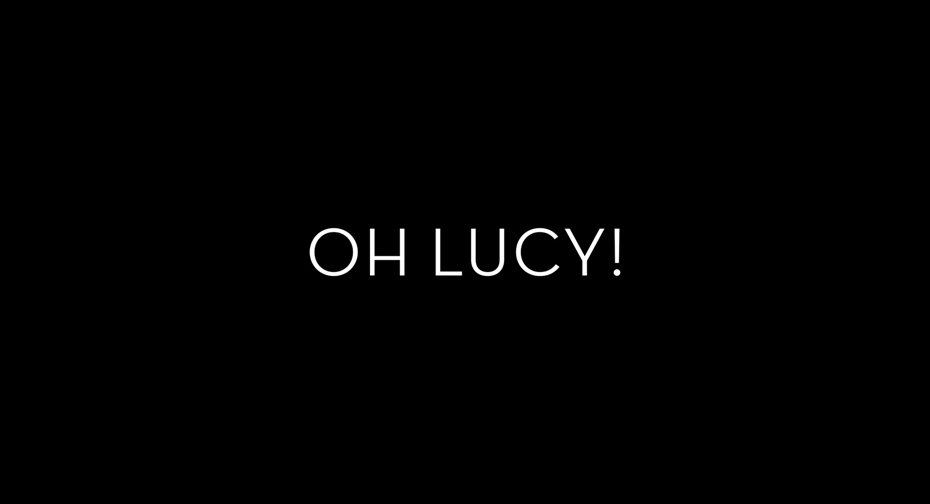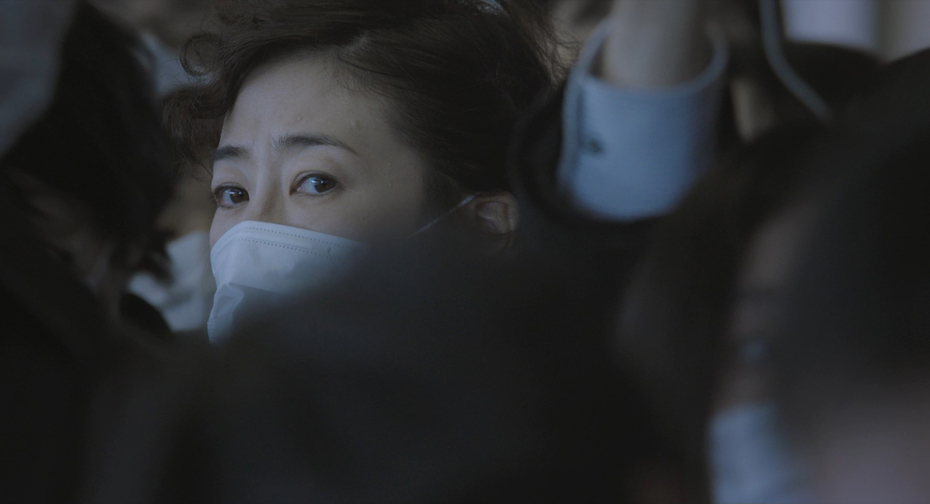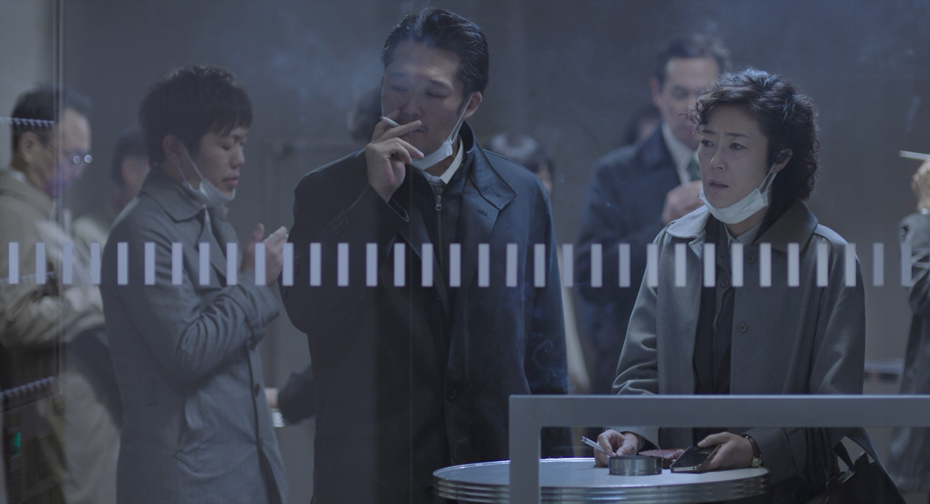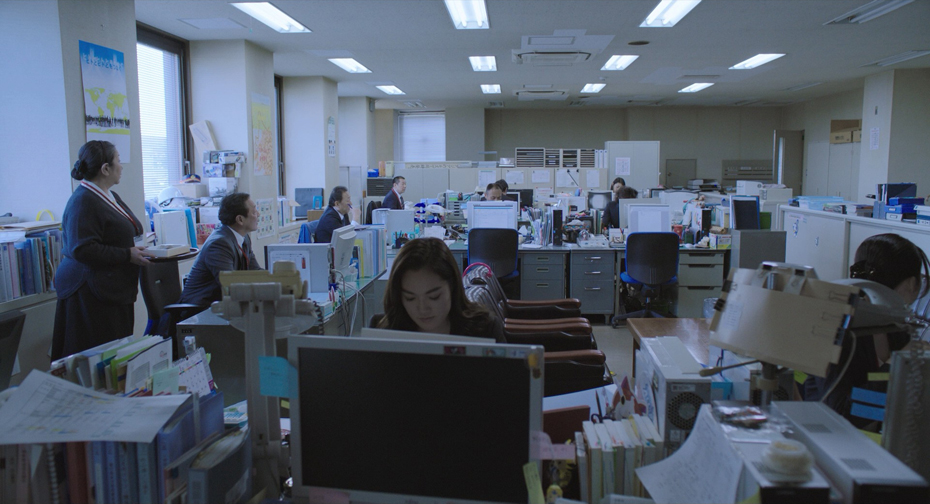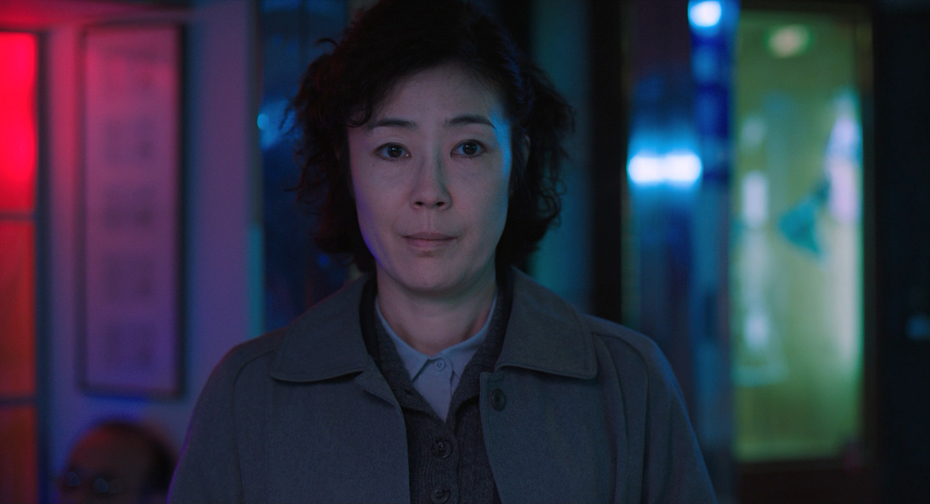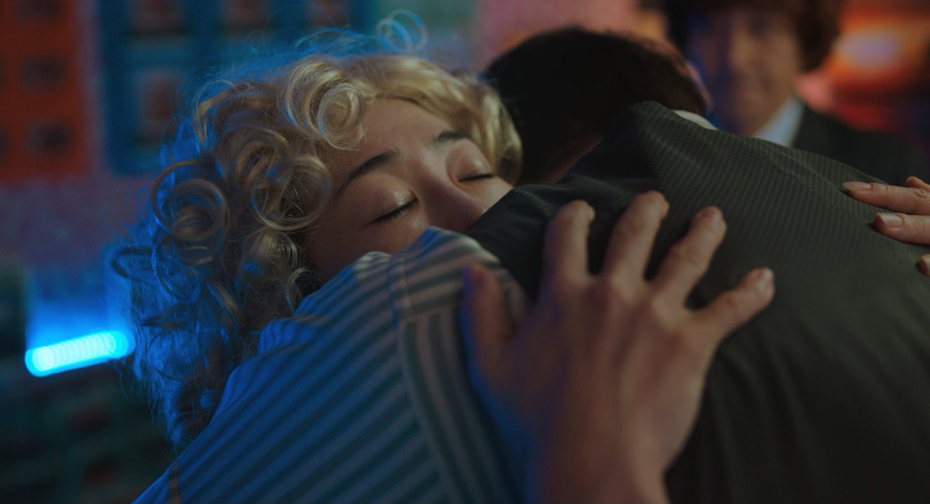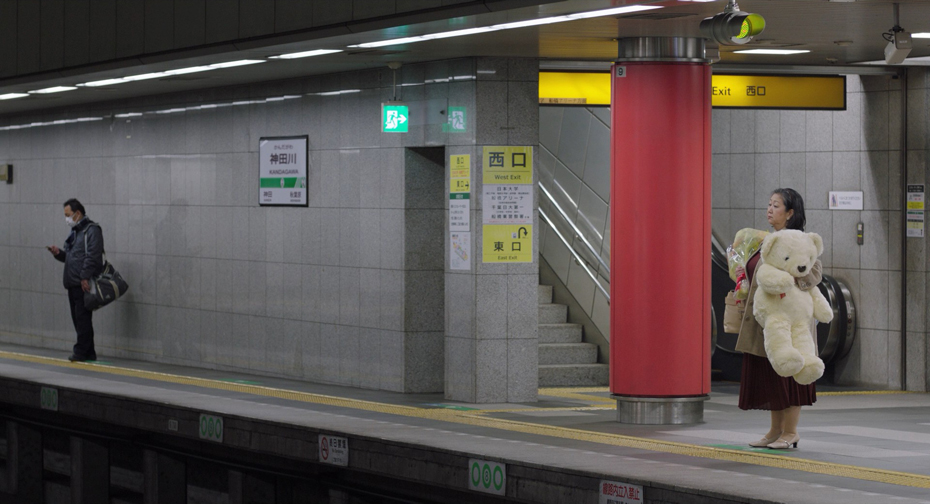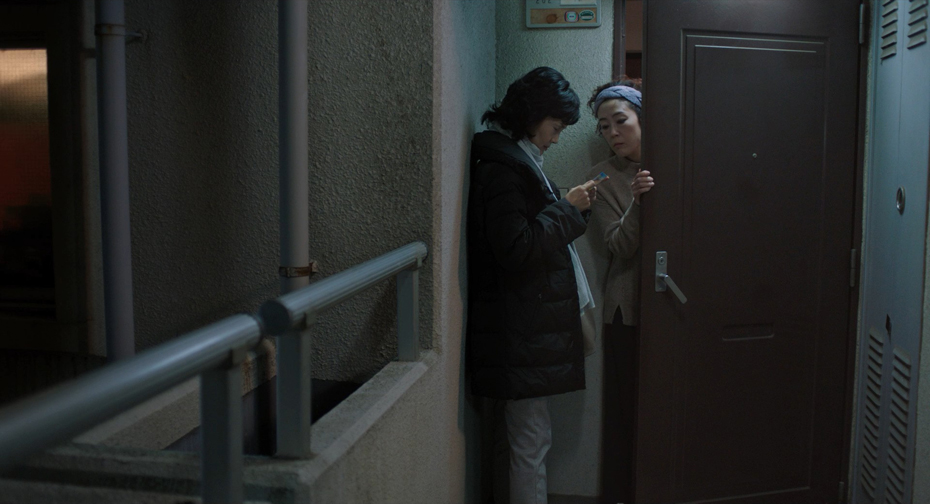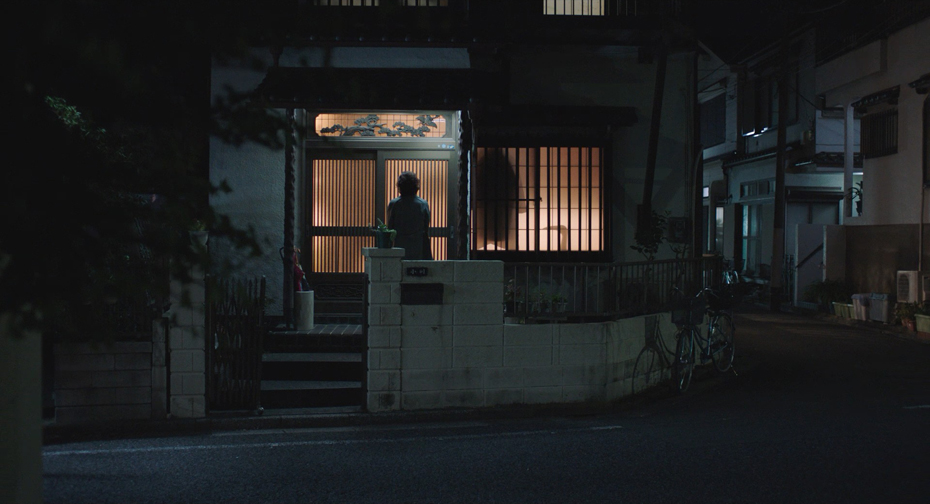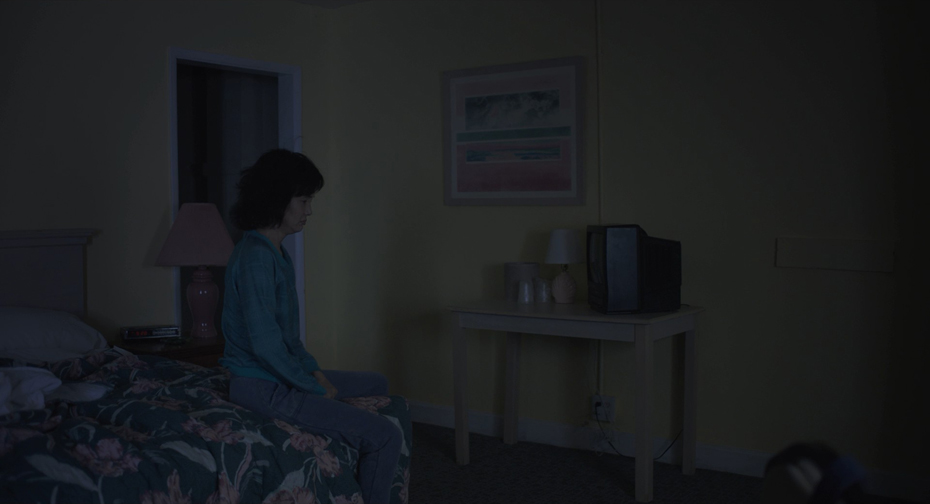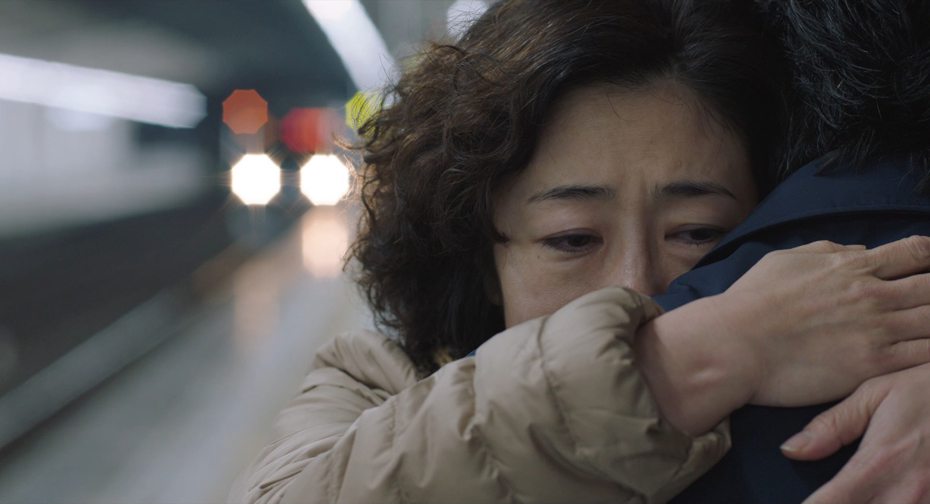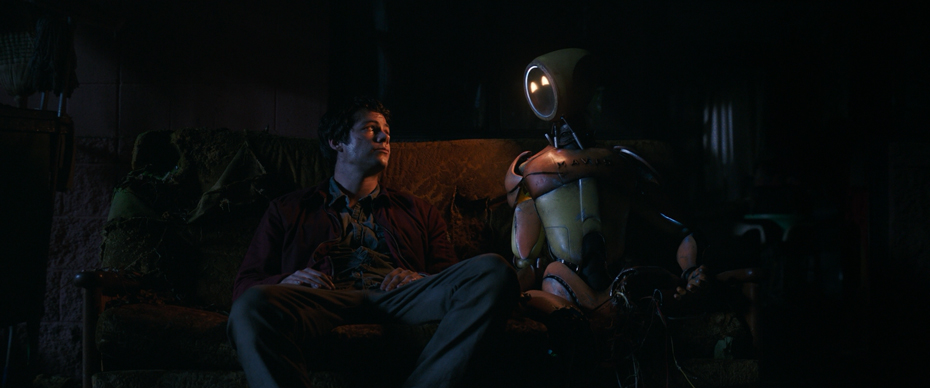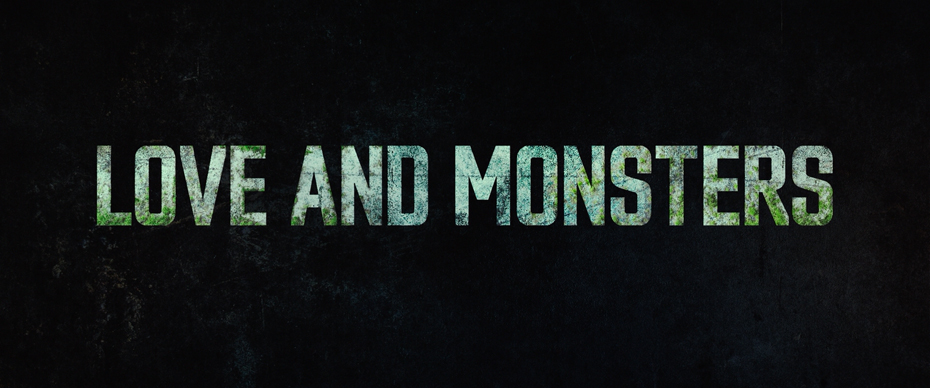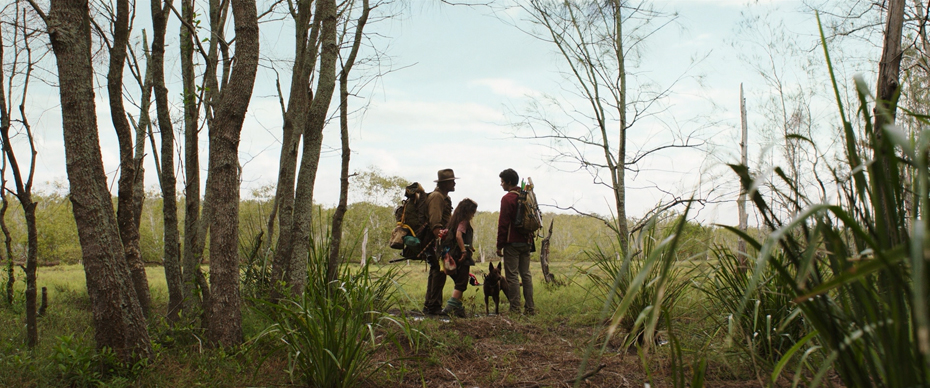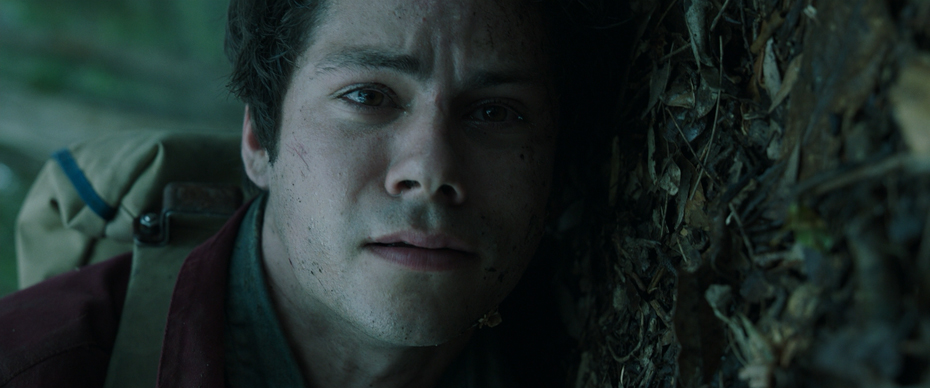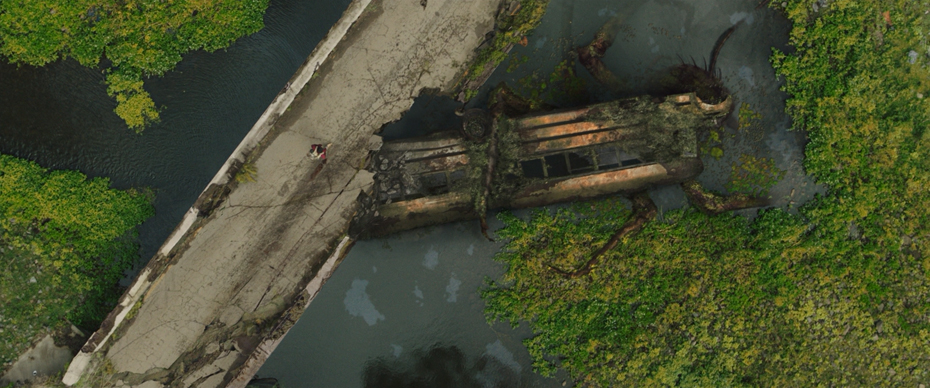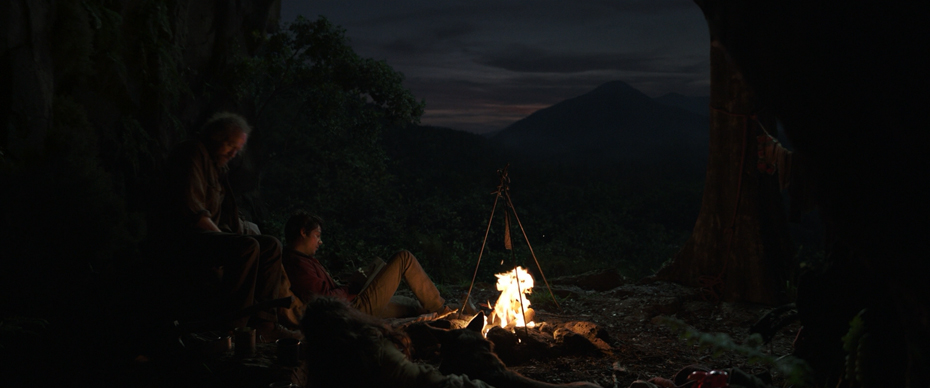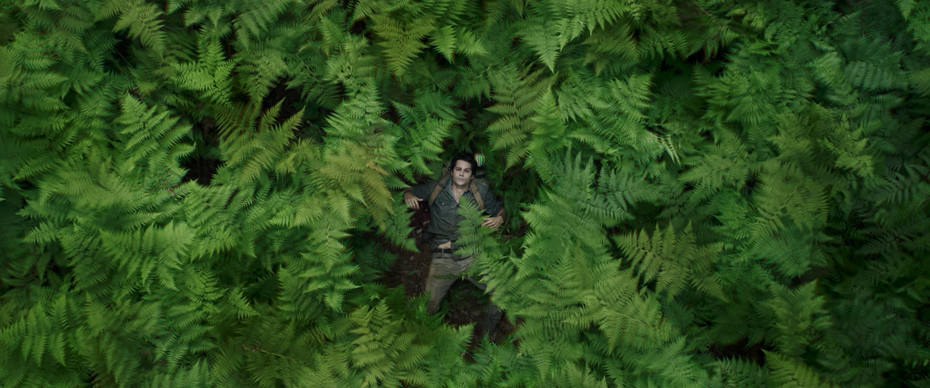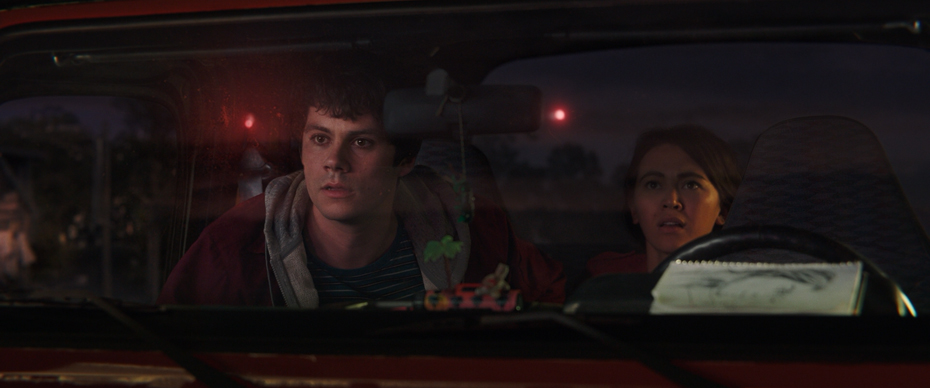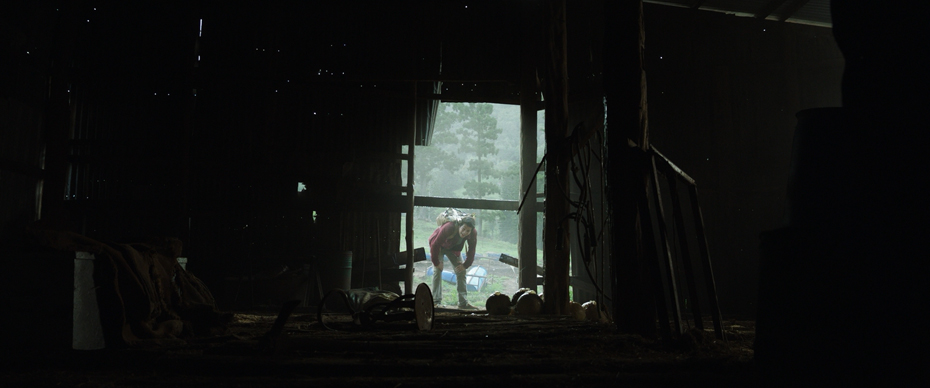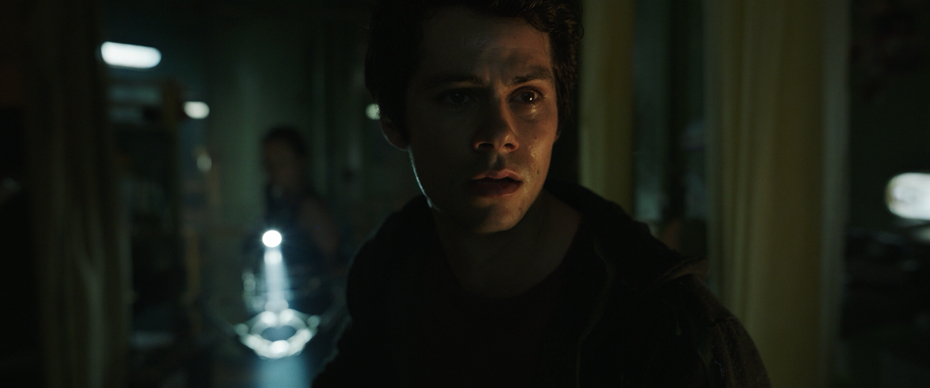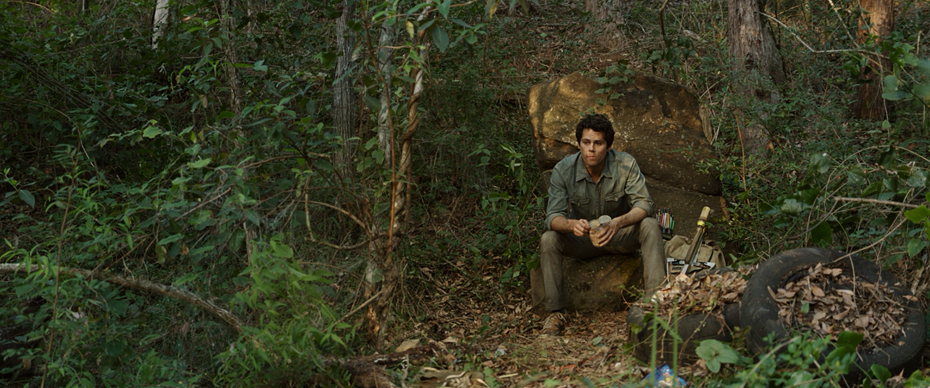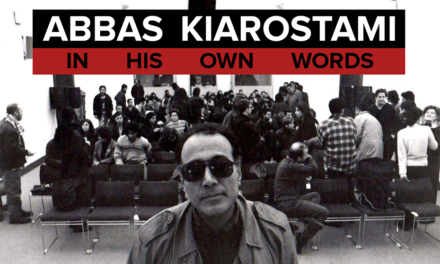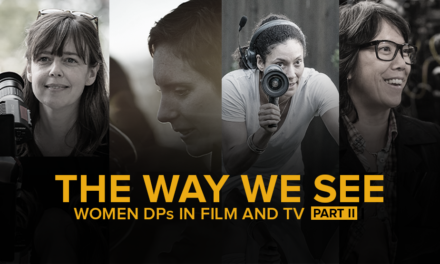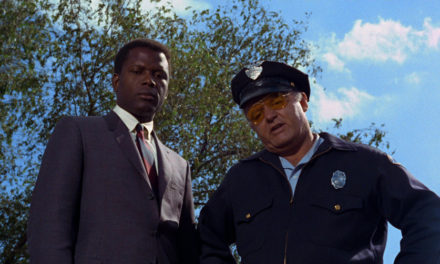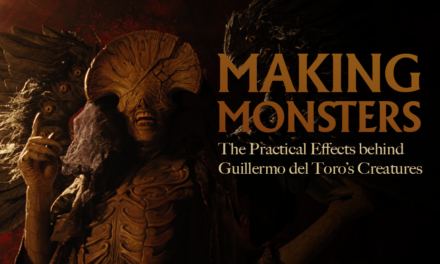THE TUESDAY DROP – 12/07
12.07.21 / New Shots
UNDER THE SILVER LAKE (2018)
David Robert Mitchell’s third feature film, UNDER THE SILVER LAKE, is a neo-noir black comedy thriller set in Los Angeles in 2011. The film follows Sam, a young man who embarks on a surreal quest to find his missing neighbor, Sarah, and begins to unravel a large-scale conspiracy. The film stars Andrew Garfield and Riley Keough, and competed for the Palme d’Or at the 2018 Cannes Film Festival. Mitchell worked on Under The Silver Lake with American cinematographer Mike Gioulakis, who he collaborated with on his previous feature, It Follows.
Mitchell and Gioulakis wanted the film to live inside Sam’s head, allowing the visual style to unravel information as the film progressed and create the feeling of a fever dream. Inspired by David Lynch’s Blue Velvet, Mitchell and Gioulakis shot the film on the Cooke S4 anamorphic lenses on the Alexa, chasing a slightly softer look for the film than spherical lenses would provide. The movie was shot in a combination of locations in an apartment building in LA as well as on a soundstage, with custom lights used to recreate the look of the location. Mitchell and Gioulakis stuck very closely to their storyboards throughout the shoot, with the exception of the party scene, where they instead opted to shoot a long, floating oner that remains one of the film’s most recognizable shots.
CAPTAIN PHILLIPS (2013)
Paul Greengrass’s 2013 biographical action thriller CAPTAIN PHILLIPS stars Tom Hanks as Captain Richard Phillips, the captain of the U.S. container ship Maersk Alabama which was taken hostage by a band of Somali pirates. The film also stars Barkhad Abdi as pirate leader Abduwali Muse. The film was nominated for 6 Academy Awards, including Best Picture, Best Supporting Actor for Abdi, Best Adapted Screenplay and Best Editing.
Greengrass worked on Captain Phillips with longtime collaborator Barry Ackroyd. The pair had previously worked together on United 93 and Green Zone. Captain Phillips posed a unique photographic challenge for Greengrass and Ackroyd , given how much of the film was shot at sea during the night. Ackroyd and First AD Chris Carreras organized the shooting schedule to film these scenes at dusk, when there was enough light on the water to look like night, enough light in the sky to see silhouettes of ships and boats, and enough darkness for key elements of the frame to be lit by helicopter lights and boat lights. Ackroyd maintained his signature no-frills, hand-held shooting style in order to make shooting during these tight windows as efficient as possible, as well as to give the film a real-life, docu-drama feeling.
WEST SIDE STORY (1961)
WEST SIDE STORY is a 1961 romantic musical drama directed by Jerome Robbins and Robert Wise, with music composed by Leonard Bernstein and lyrics by Stephen Sondheim. The film is an adaptation of the 1957 Broadway musical of the same name, which is an adaptation of Romeo and Juliet set in New York City. West Side Story was the highest grossing film that year, and was nominated for 11 Academy Awards, winning 10 (including Best Picture, Best Director, Best Editing and Best Cinematography). The film was added to the National Film Registry by the Library of Congress in 1997. Robbins and Wise split their directing duties with Robbins helming the musical sequences, and Wise (the more experienced of the two) directing the rest.
The film was shot by American cinematographer Daniel L. Fapp. Fapp was known at the time for his work on films such as One, Two, Three, Living it Up and To Each His Own. His approach to West Side Story was to fill the film with spectacle. Though largely not shot on location in the Upper West Side, the movie is made up of many overhead shots of New York City, and musical numbers are matched with spectacular camera moves and bold color palettes in every frame. Today, West Side Story is considered one of the greatest musicals of all time, and has been a touchstone film for many musicals since, including Steven Spielberg’s 2021 remake.
THE WOLF OF SNOW HOLLOW (2020)
Jim Cummings’ 2020 film THE WOLF OF SNOW HOLLOW follows a stressed-out police officer struggling to resist the paranoia gripping a small mountain town as bodies turn up after each full moon. The comedy-horror film was shot by Natalie Kingston and stars Cummings alongside Riki Lindhome, Chloe East, Jimmy Tatro and Robert Forster. Influenced by films such as David Fincher’s Zodiac and Se7en, Kingston and Cummings sought to create a dark, moody visual language that would capture the sense of paranoia gripping the town at the centre of the film. Using expansive camera movement to capture action scenes and an inventive approach to lighting that moves the film outside the realm of the naturalistic, The Wolf of Snow Hollow pushes the idea of an independent horror comedy film into new visual territory.
AUSTIN POWERS: INTERNATIONAL MAN OF MYSTERY is a spy comedy film directed by Jay Roach and starring Mike Myers in the titular role. It is the first installment in the Austin Powers series, and also stars Myers as arch-enemy Dr. Evil, Elizabeth Hurley, Robert Wagner, Seth Green and Michael York. The film is a parody of the James Bond films, and has led to two sequels. Roach worked on International Man of Mystery with Lebanese-born American cinematographer Peter Deming. The film was their first collaboration, but Deming was well-known at the time for his work on films such as Hollywood Shuffle, House Party and My Cousin Vinny. International Man of Mystery was shot on a relatively low budget, largely filmed on a backlot in Los Angeles designed to look like London, England. Deming and Roach created a visual language for the film that was explicitly nodding at its influences – previous Bond films, Richard Lester’s A Hard Day’s Night and Michelangelo Antonioni’s Blow-Up. With careful choreography by Marguerite Derricks, Roach and Deming were able to create a spectacle out of the film, setting up one of the most influential comedy franchises of the last 50 years.
GOOK (2017)
GOOK is a 2017 drama-comedy written and directed by Justin Chon. The film follows Eli and Daniel, two Korean-American brothers who own a struggling women’s shoe store, who must defend their store with their 11-year-old friend Kamilla on the first day of the 1992 LA riots. The film stars Chon, David So and Simone Baker. The film was shot by Taiwanese cinematographer Ante Cheng. Influenced by independent films of the 1990’s such as Clerks and La Haine, Chon and Cheng decided to shoot the movie on the Red Epic Dragon in widescreen black and white with a run-and-gun visual style.
Given that two of the five main characters in the film were being played by first-time actors, Cheng had to create a flowing, flexible approach to shooting the movie that allowed him to capture the spontaneity of their performances without locking them into certain shots or blocking. As a result, Cheng often favored shooting moving masters over more traditional coverage for many scenes. Chon and Cheng found that the first takes were often the most successful, allowing the team to shoot shorter days and have more time for gaffer Elijah Guess to light for locations rather than characters, given the unpredictable nature of what could happen during a take.
COME TO DADDY (2020)
Ant Timpson’s 2020 debut feature is the black comedy thriller COME TO DADDY. The film follows a privileged man-child who arrives at the cabin of his estranged father, who he hasn’t seen in 30 years, only to discover a dark secret past. The film stars Elijah Wood, Martin Donovan and Stephen McHattie, and had its world premiere at the 2019 Tribeca Film Festival. Come to Daddy was based on Timpson’s own life – when his father died and Timpson had to subsequently take care of the embalmed corpse for five days at the suggestion of his father’s partner. Timpson later approached screenwriter Toby Harvard (who wrote The Greasy Strangler) with the idea for the film, and the two worked together to develop the script for Come to Daddy.
Timpson worked on the film with cinematographer Daniel Katz, who was known at the time for his work on projects such as the Oscar-winning short Curfew, My Friend Dahmer and The Vanishing of Sidney Hall. Working on a relatively tight budget, Timpson and Katz developed a technique of lighting for the space rather than shot-by-shot, in order to maximize the amount of footage they’d be able to capture on each shooting day. They were also careful to craft a visual language that allowed Come to Daddy to move between the different tones and genres it encapsulated – from horror to comedy to thriller, and back again.
MEMOIRS OF A GEISHA (2005)
MEMOIRS OF A GEISHA is an epic period drama film directed by Rob Marshall and adapted by Robin Swicord from the Arthur Golden 1997 novel of the same name. It follows a young Japanese girl, Chiyo Sakamoto, who is sold by her impoverished family into a geisha house in pre-WW2 Japan. The film stars Zhang Ziyi, Ken Wantanabe, Gong Li and Michelle Yeoh. Memoirs of a Geisha was nominated for six Academy Awards, winning for Best Art Direction, Best Costume Design and Best Cinematography. The film was shot by Australian cinematographer Dion Beebe, who was best known at the time for his work on films such as Chicago, In The Cut, and Collateral. Beebe and Rob Marshall started their collaboration on the film by taking a trip to Japan, learning about geisha and kabuki culture, and taking photographs of the different locations they were considering. Upon their return, all the departments worked together in one room for pre-production, testing makeup, lenses, and building a one-quarter scale model of the geisha district. Beebe made extensive use of the miniature set, using a lipstick camera to plan out shot sequences and scenes for the shoot.
This allowed the team to build the entire set on a horse ranch in Ventura, California, whose mountains would stand in for the ranges outside of Kyoto, Japan. Interiors were constructed on the Sony Pictures Culver City lot. Beebe and Marshall wanted Memoirs of a Geisha to be characterized by fluid camera movement – over 80% of the film was shot on a dolly, while Steadicam and crane shots filled the rest of the film. Marshall and Beebe also wanted to shoot with as many period-faithful lights as possible, but also in a 2.40:1 anamorphic format. Beebe took inspiration from Kubrick’s Barry Lyndon to get a set of the fastest anamorphic lenses he could find, which, combined with the tungsten-based film stocks the movie was shot on, gave Memoirs of a Geisha its epic, painterly look.
OH LUCY! (2014)
OH LUCY! Is a 2017 American-Japanese drama directed, produced and co-written by Atsuko Hirayanagi, based on her 2014 NYU Tisch Asia thesis short film of the same name. The film follows a lonely woman in Tokyo who discovers her alter ego, Lucy, after deciding to take English classes. The film premiered in the International Critics’ Week section at the 2017 Cannes Film Festival. Hirayanagi worked on Oh Lucy! with cinematographer Paula Huidobro, who is also known for her work on projects such as CODA, Physical and Pam & Tommy. Hirayanagi and Huidobro wanted the visual language of the film to capture its tonal variations between comedy and tragedy, given how many funny moments in the film come directly before or after moments of real pain. They also wanted to play with the color palette of the film’s different environments – Tokyo, the US, the classroom – and upend the expectations of each along the way.
Despite the challenges of the language gaps between the cast and crews in different locations, Hirayanagi and Huidobro were clear in their vision for the project and were able to shoot the entire project with minimal takes and on a relatively shoe-string budget. Shooting in Oualata, Mauritania, Sissako and El Fani wanted to create a visual language that contrasted intense close-up scenes with extremely wide, panoramic shots of the countryside, blending naturalistic drama with moments of understated poetry. El Fani chose to shoot the film on the Arri Alexa Plus using mostly Cooke S4 lenses, in order to maximize his flexibility during the rigorous, largely exterior shoot. The oppression and violence that is portrayed throughout the film is often captured in breathtaking wide shots of open plains and spectacular landscapes, keeping the audience at a distance from the futile violence gripping the film’s characters.
LOVE AND MONSTERS (2020)
LOVE AND MONSTERS is a 2020 monster adventure film directed by Michael Matthews, and starring Dylan O’Brien, Jessica Henwick, Dan Ewing, Michael Rooker and Ariana Greenblatt. The film follows Joel Dawson, who ventures out above ground after seven years hiding underground after the Monsterpocalypse in order to reconnect with his high school girlfriend, Aimee, who now lives over 80 miles away at a coastal colony. Matthews worked on Love and Monsters with Australian cinematographer Lachlan Milne. Milne was best known at the time for his work on Taika Waititi’s Hunt for the Wilderpeople, and would go on to also have Lee Isaac Chung’s film Minari come out the same year as Love and Monsters.
Milne and Matthews wanted Love and Monsters, which was shot in Australia and Southern California, to feel as grounded in reality as possible. One of the film’s biggest challenges was the exterior locations, which some complicated sequences had to be filmed at, often out of sequence. Given how much of the film was shot with natural light, keeping consistency across such a variety of story moments became a major challenge for Milne and the camera and VFX department to keep track of.

